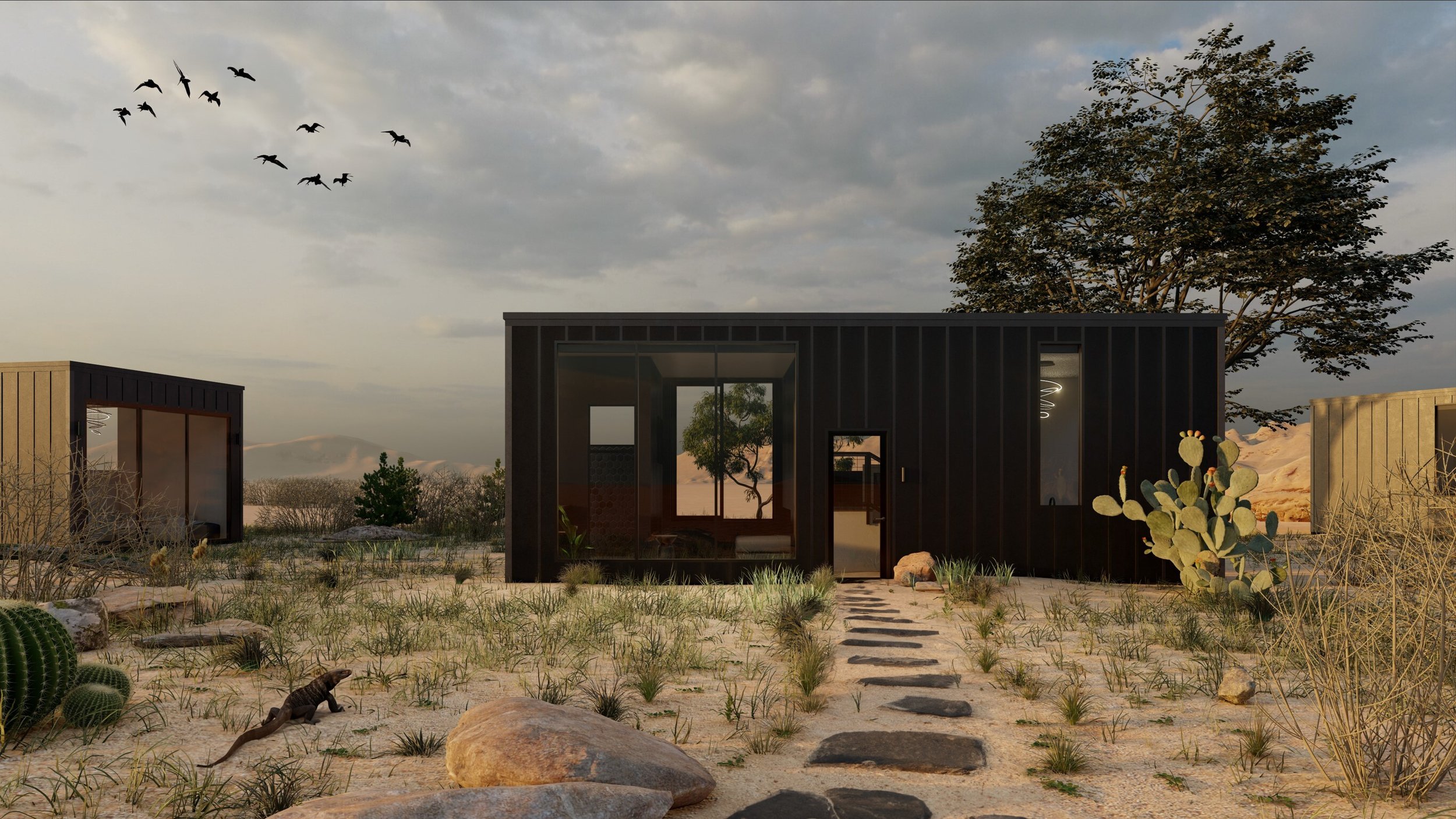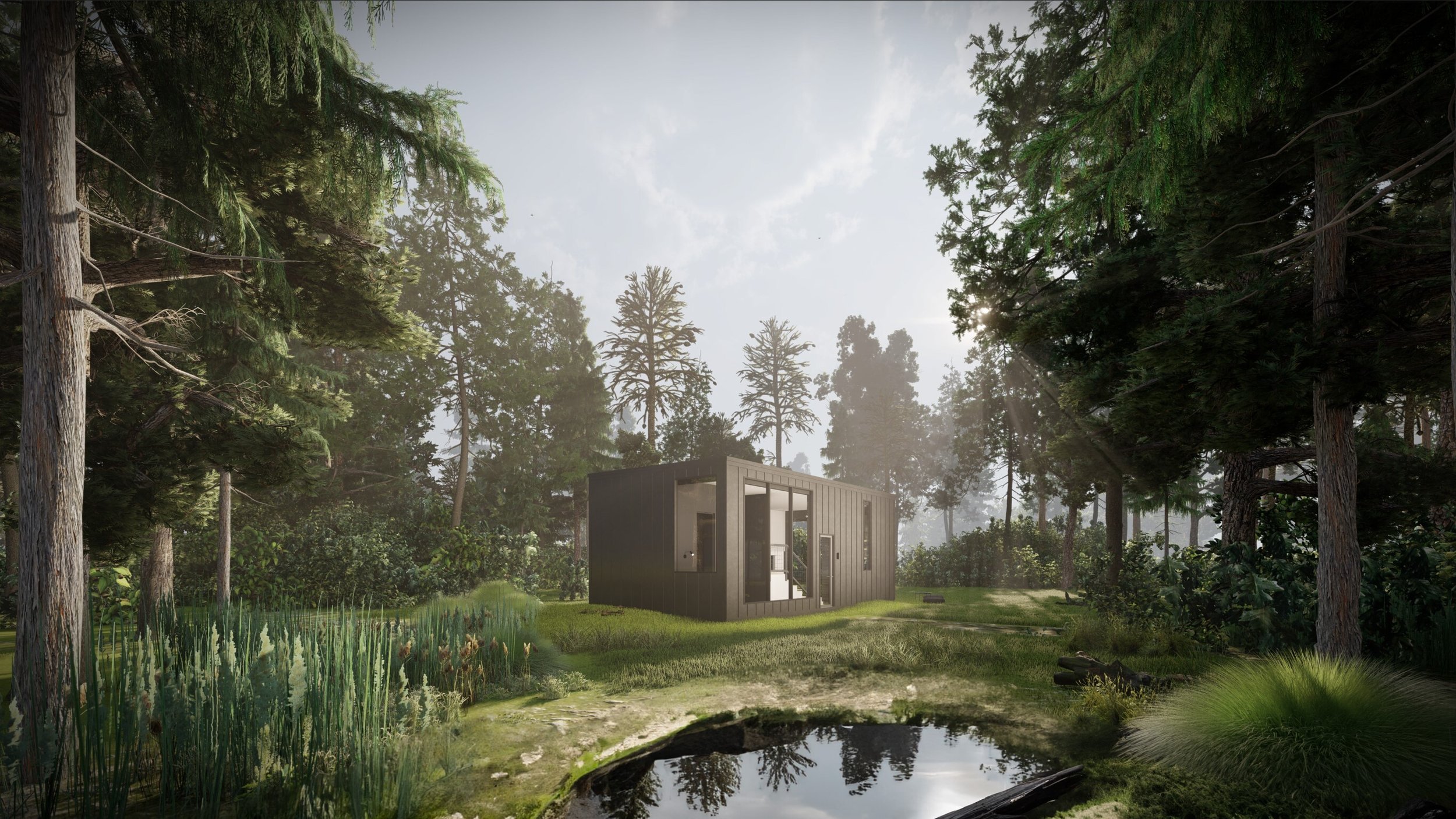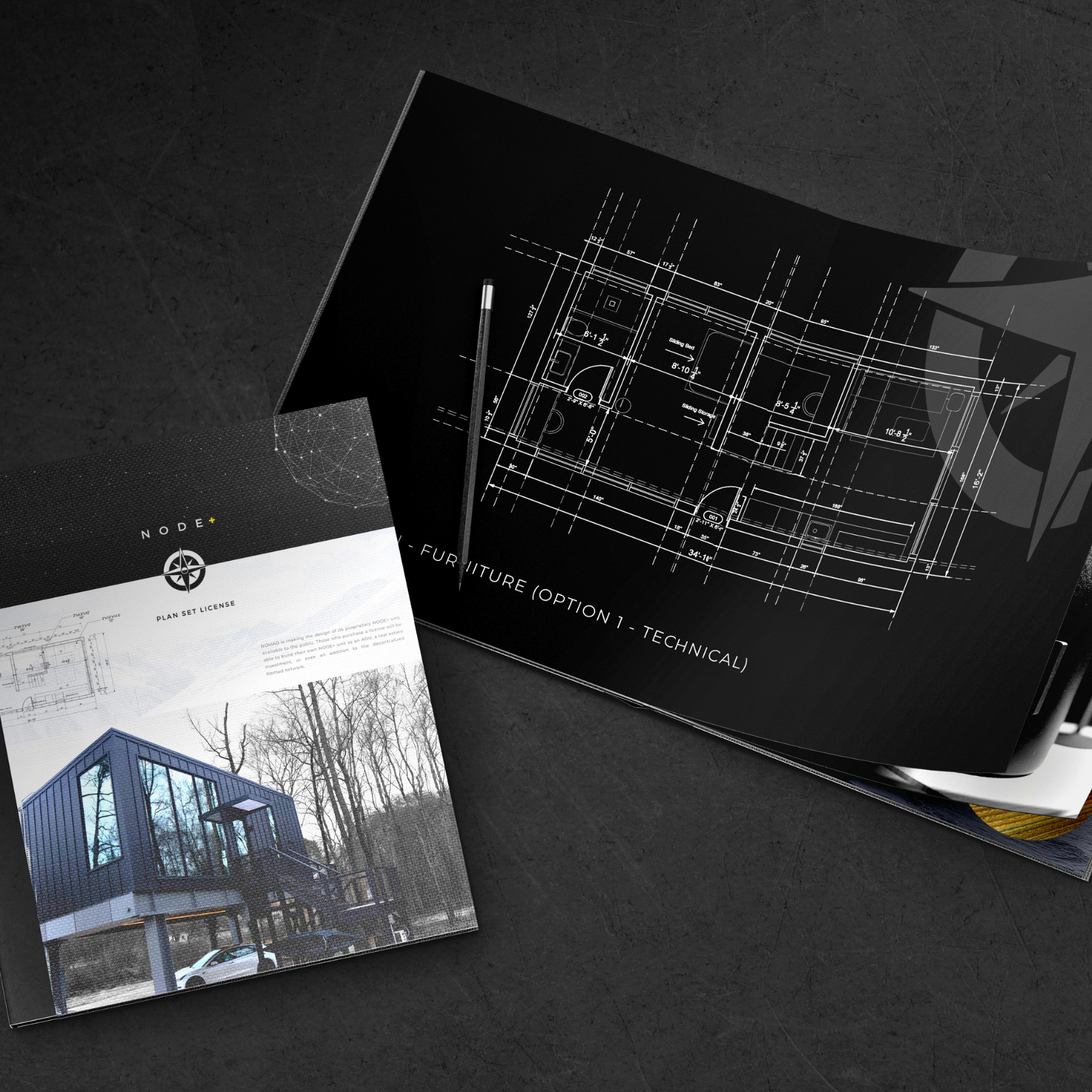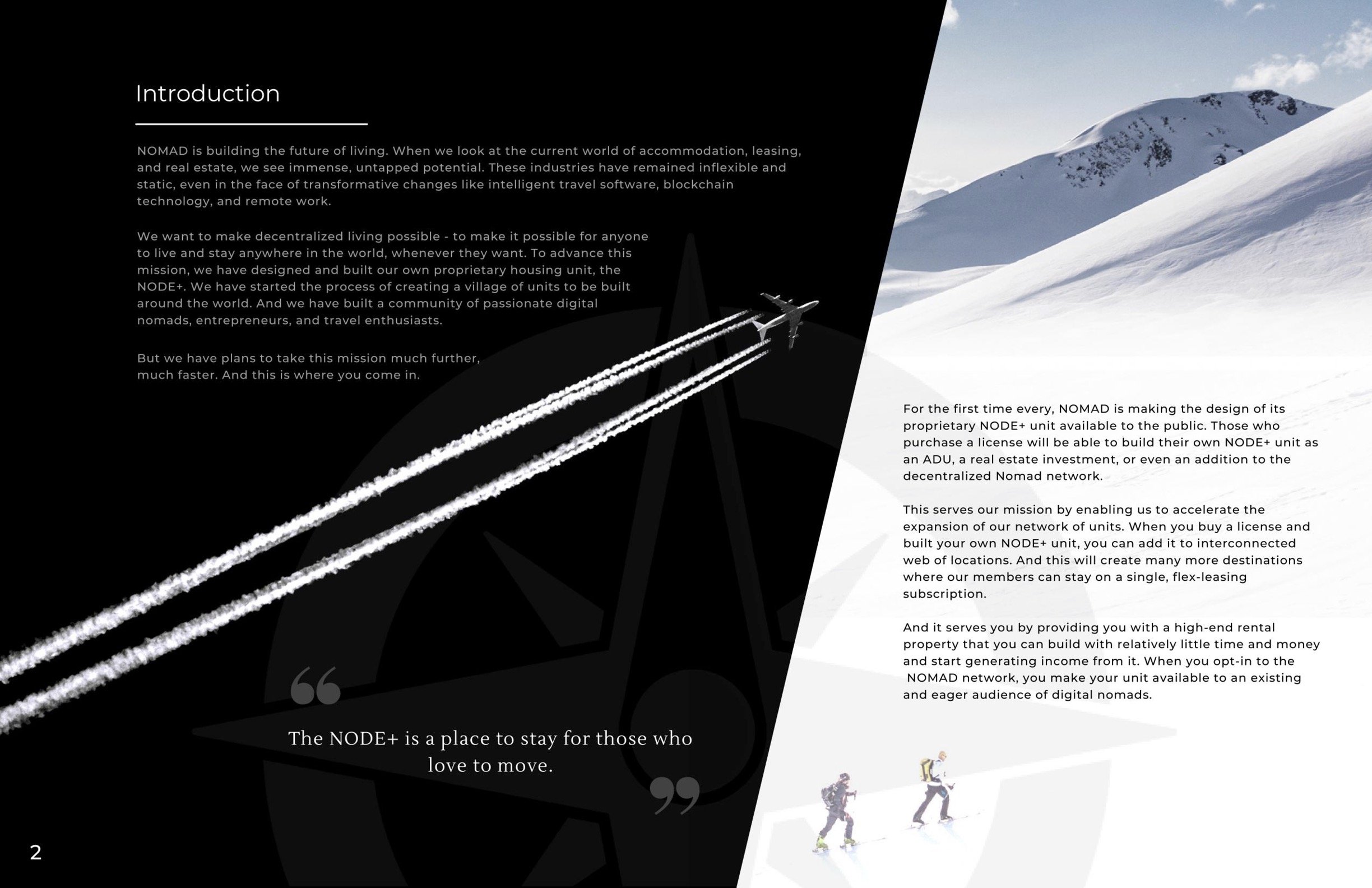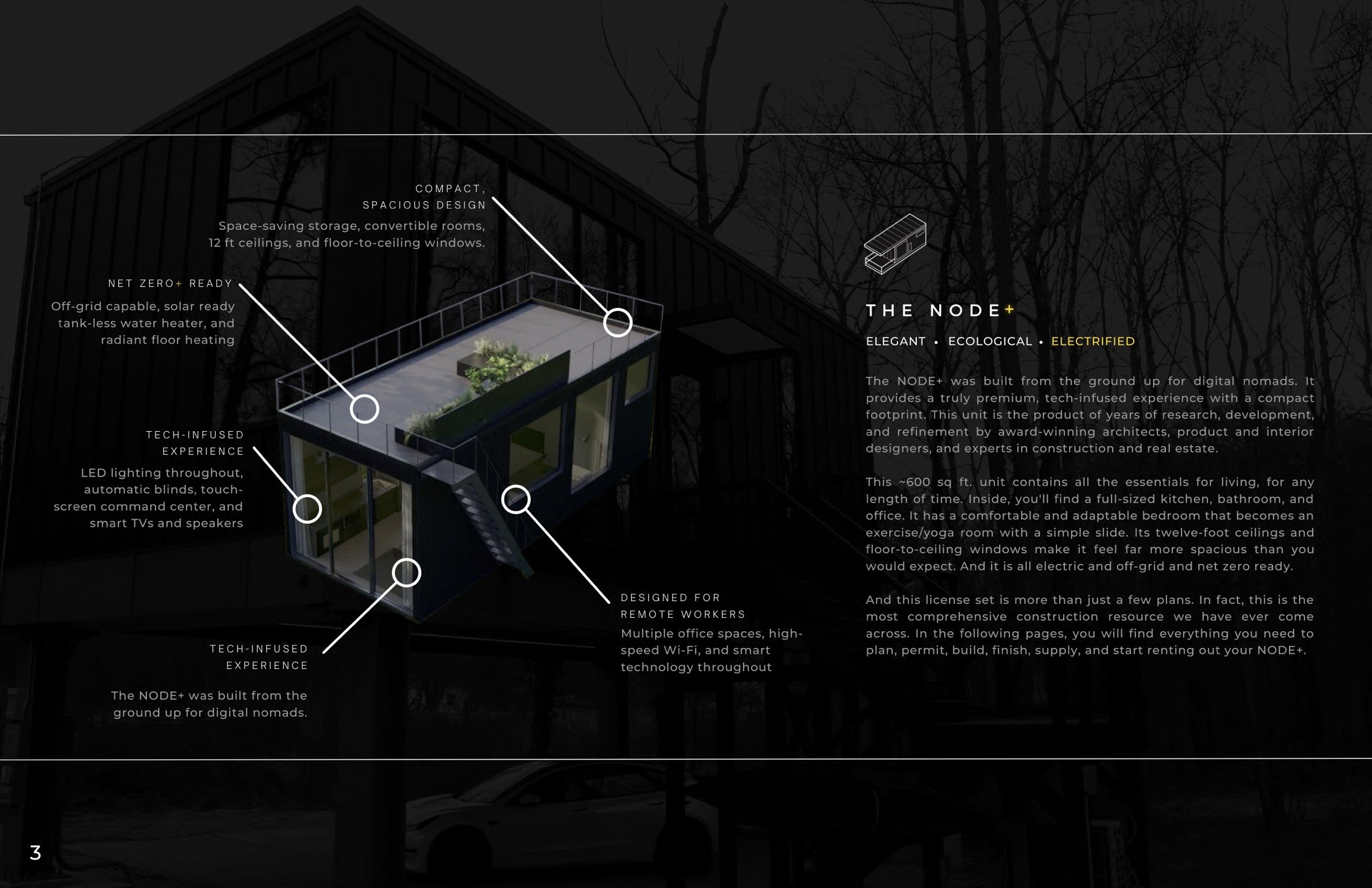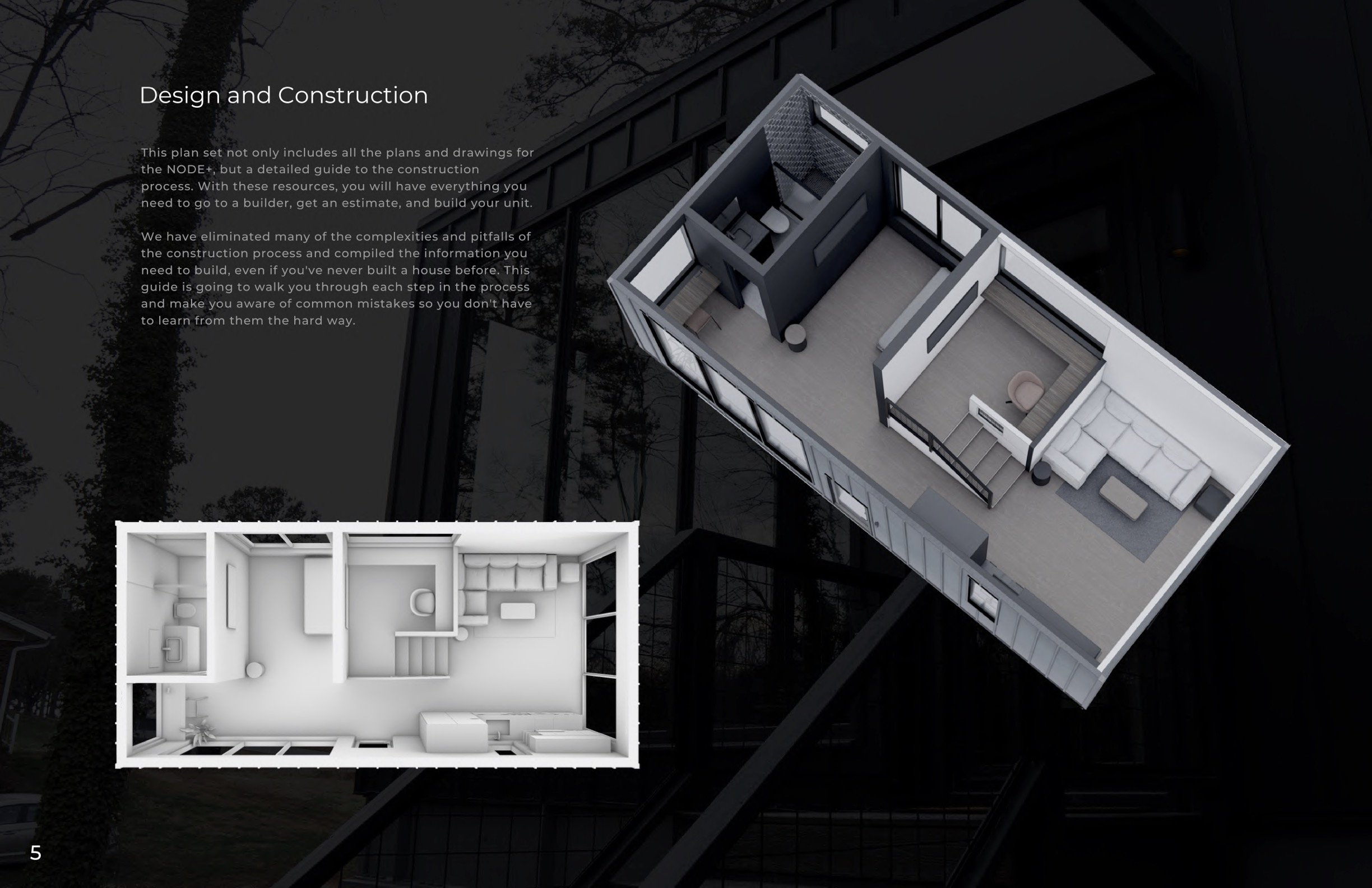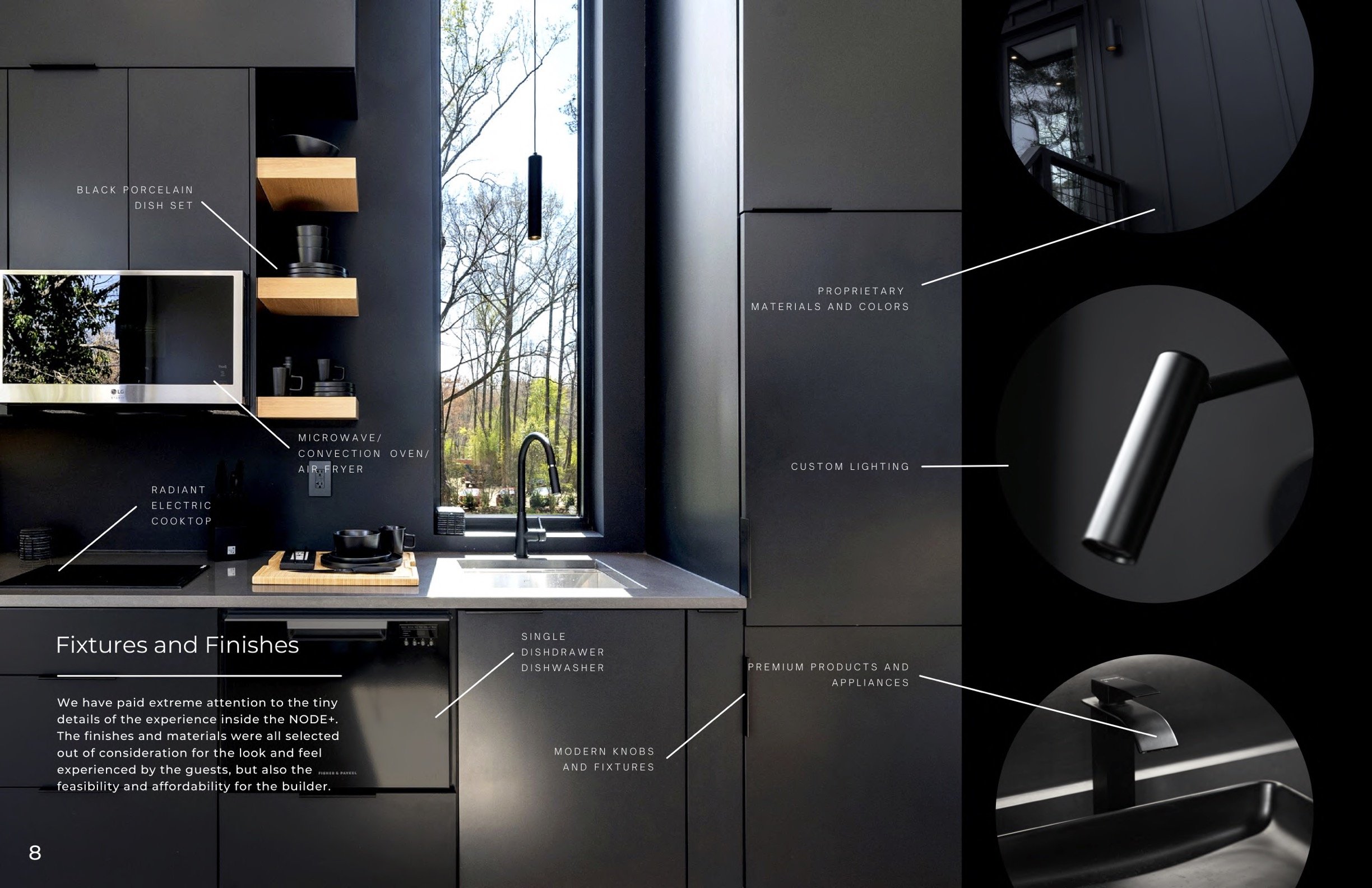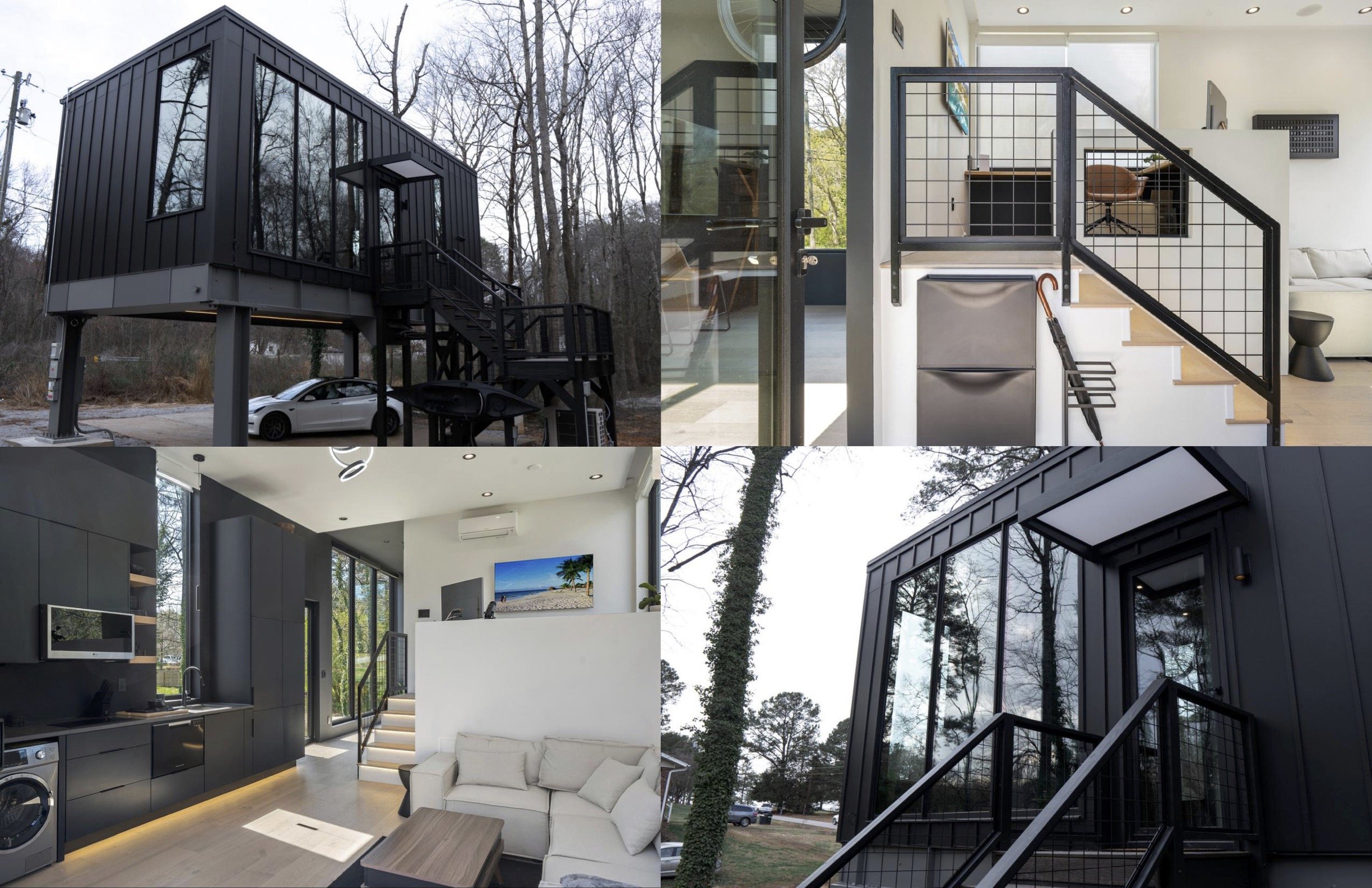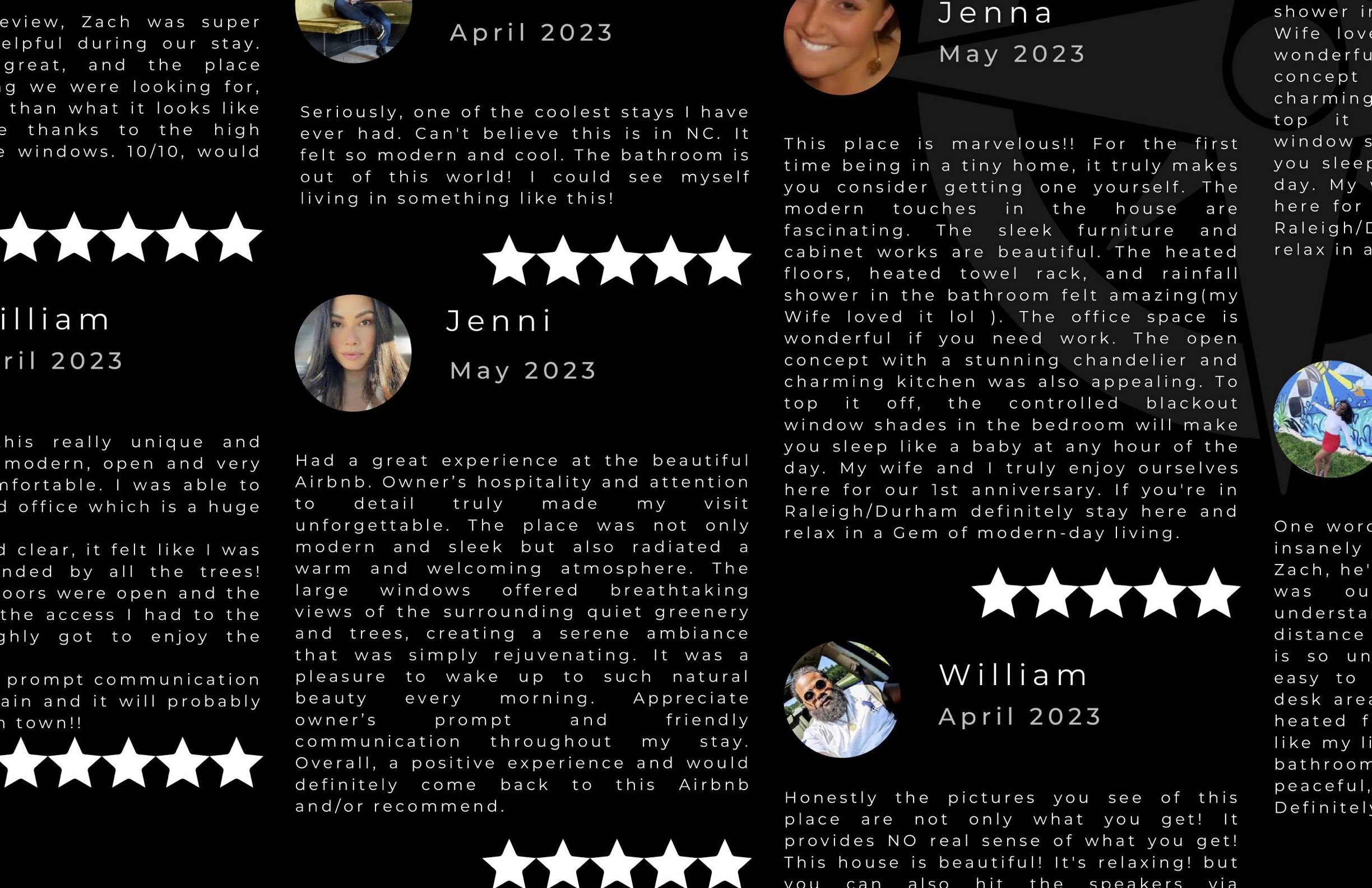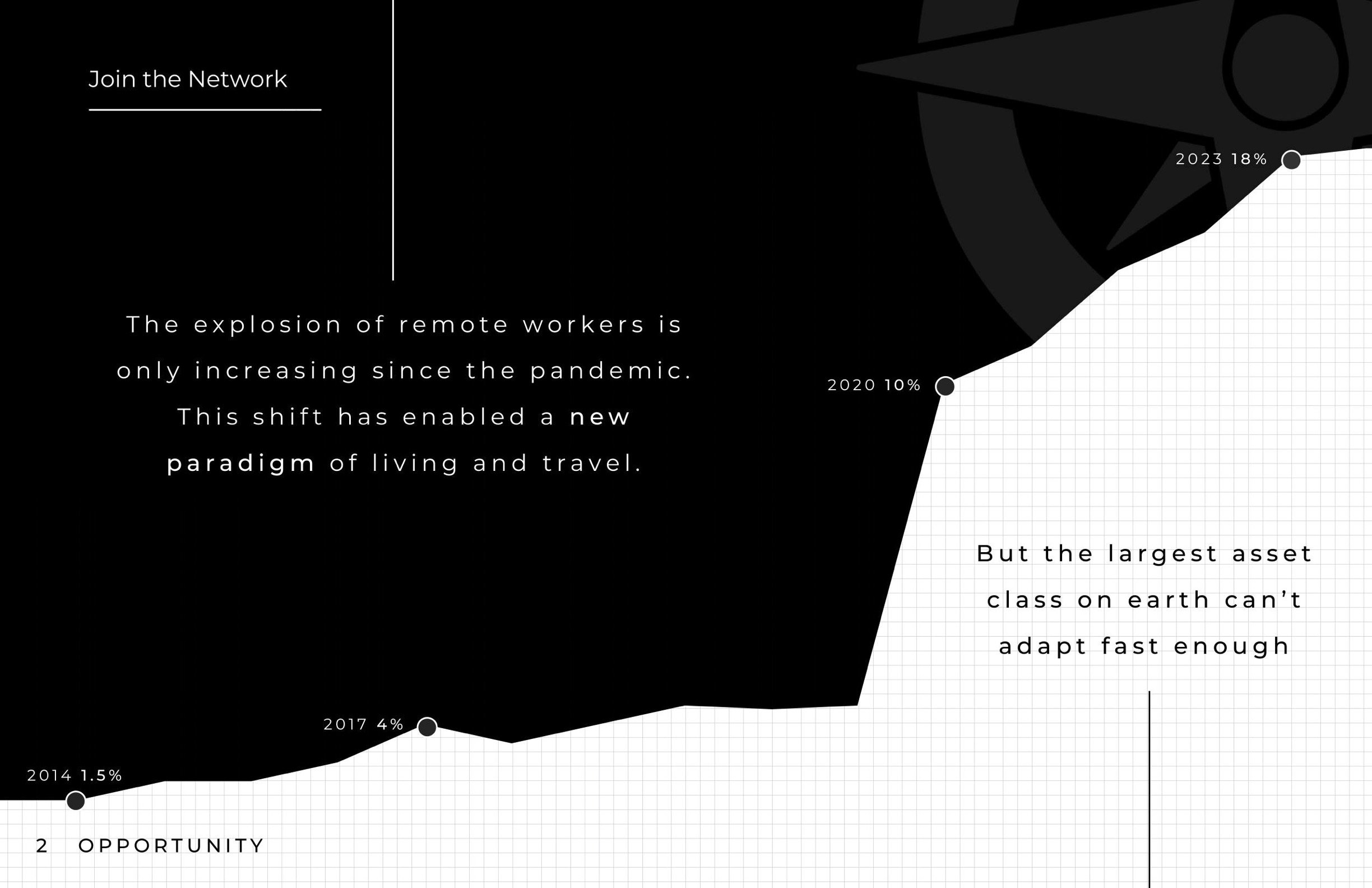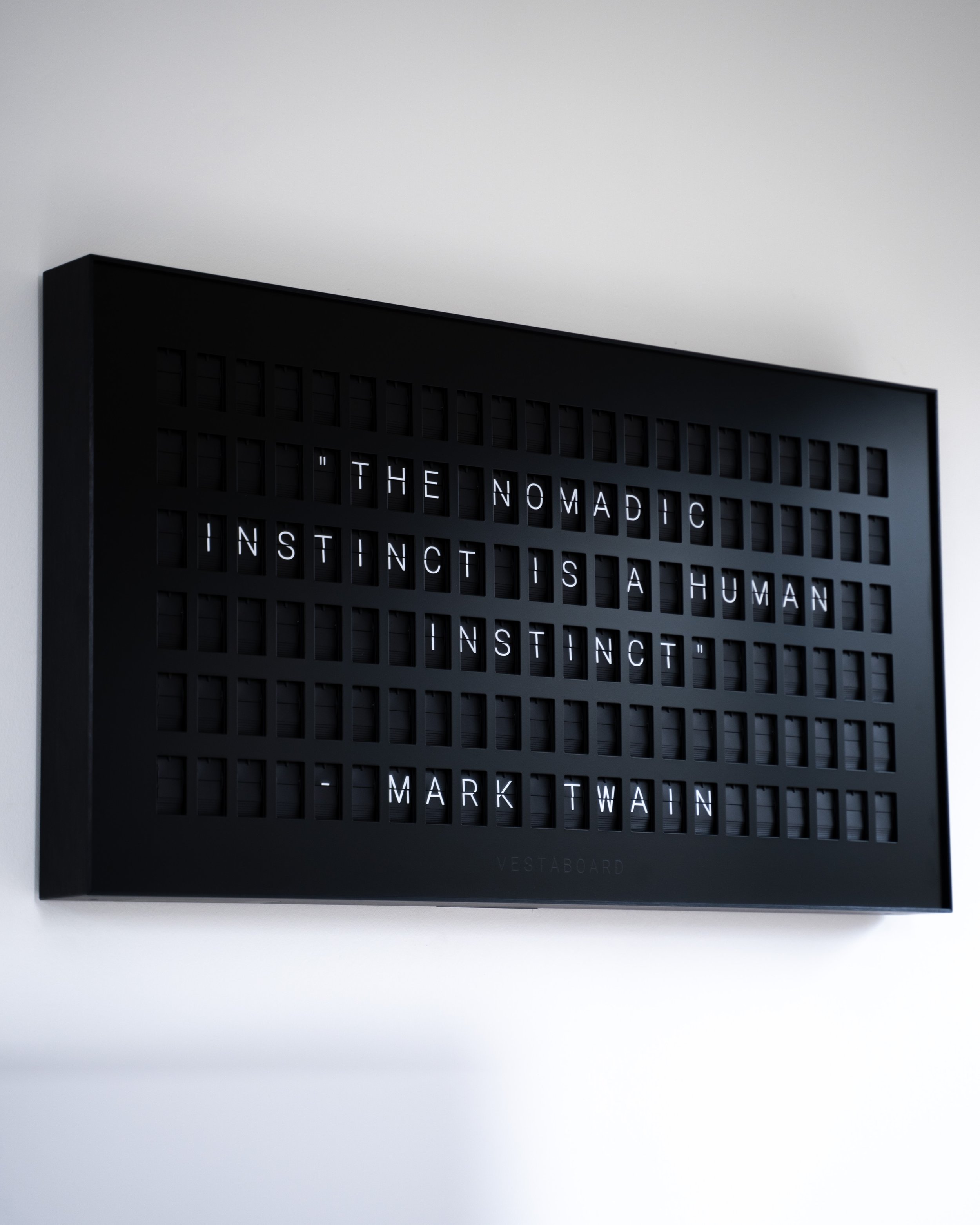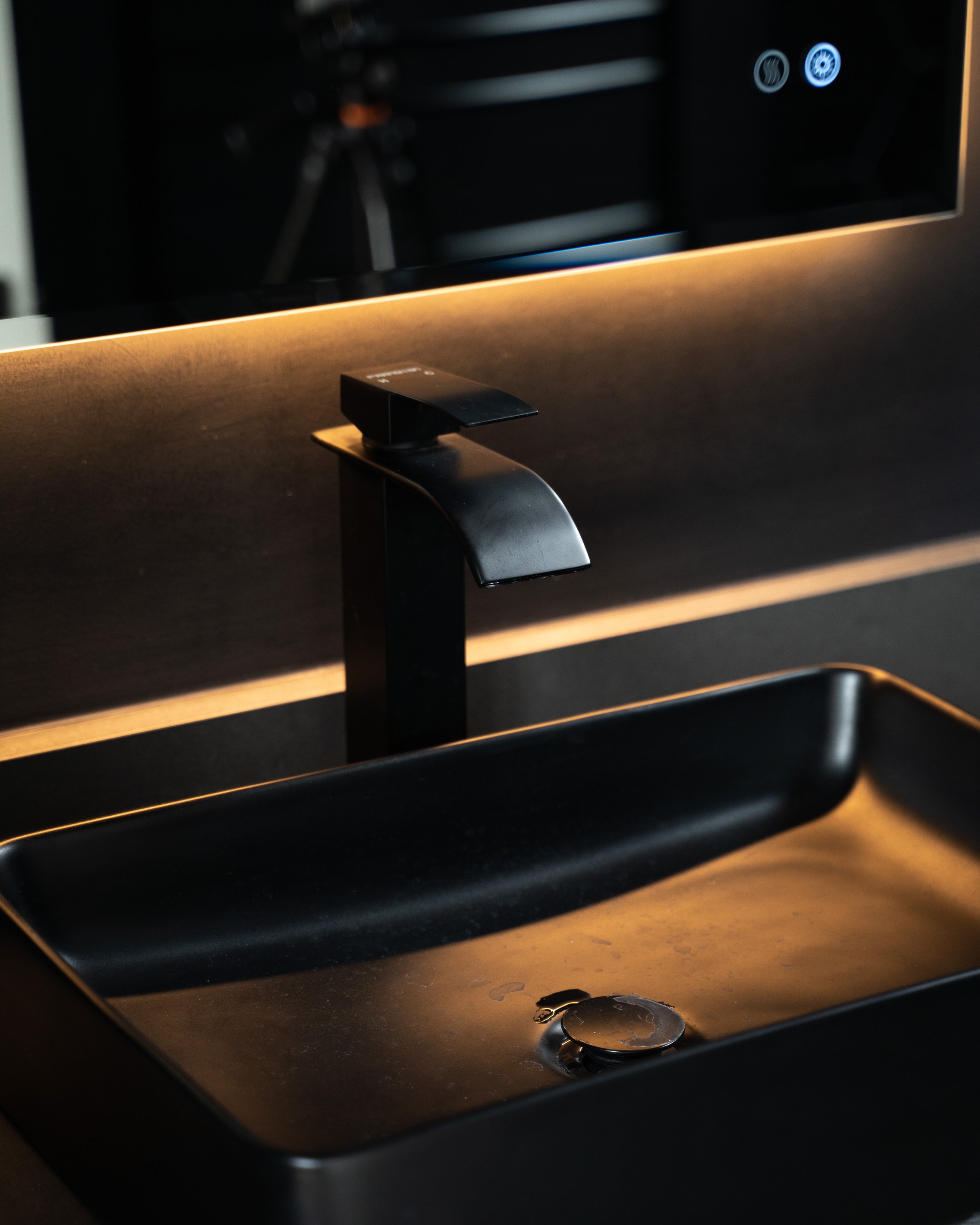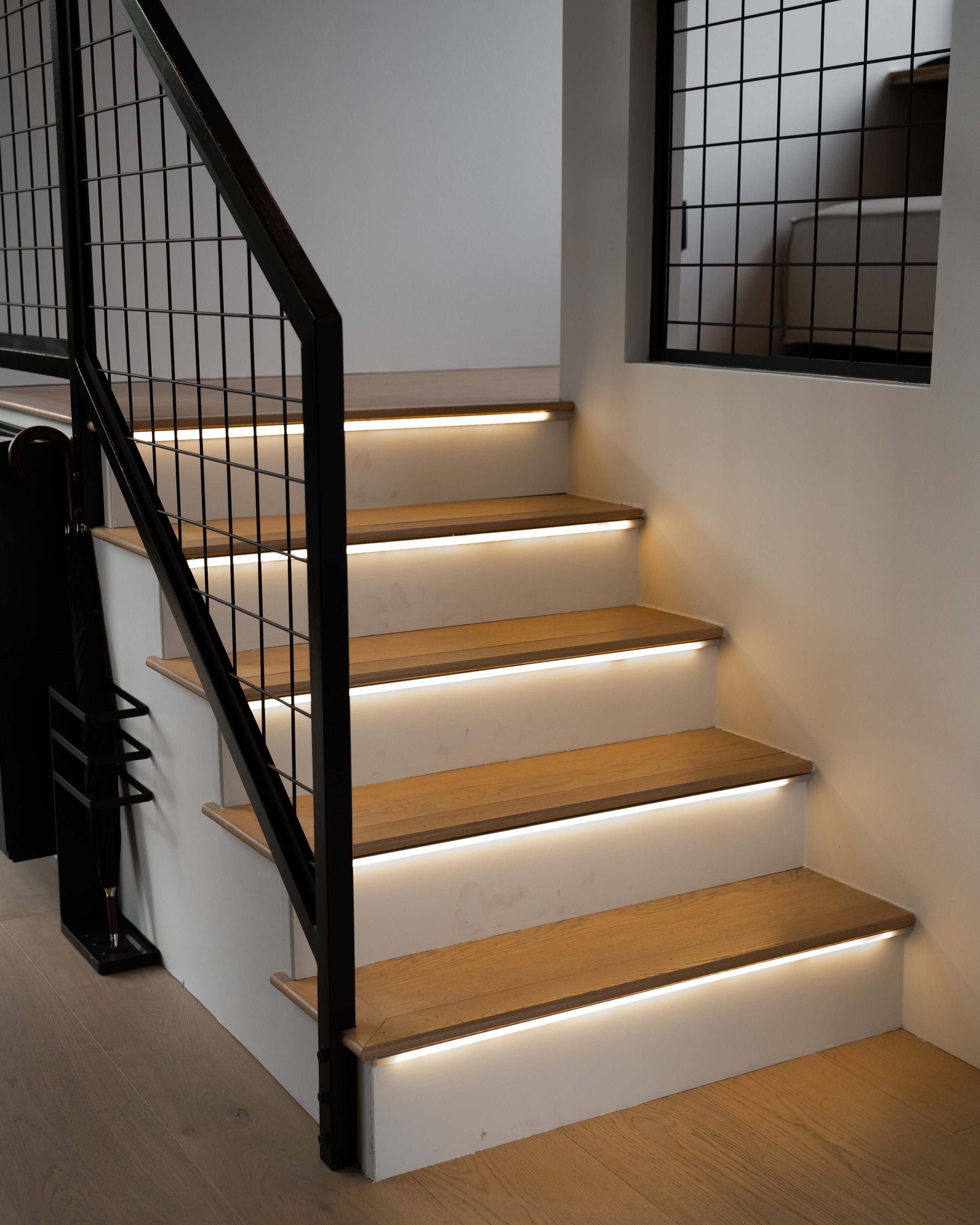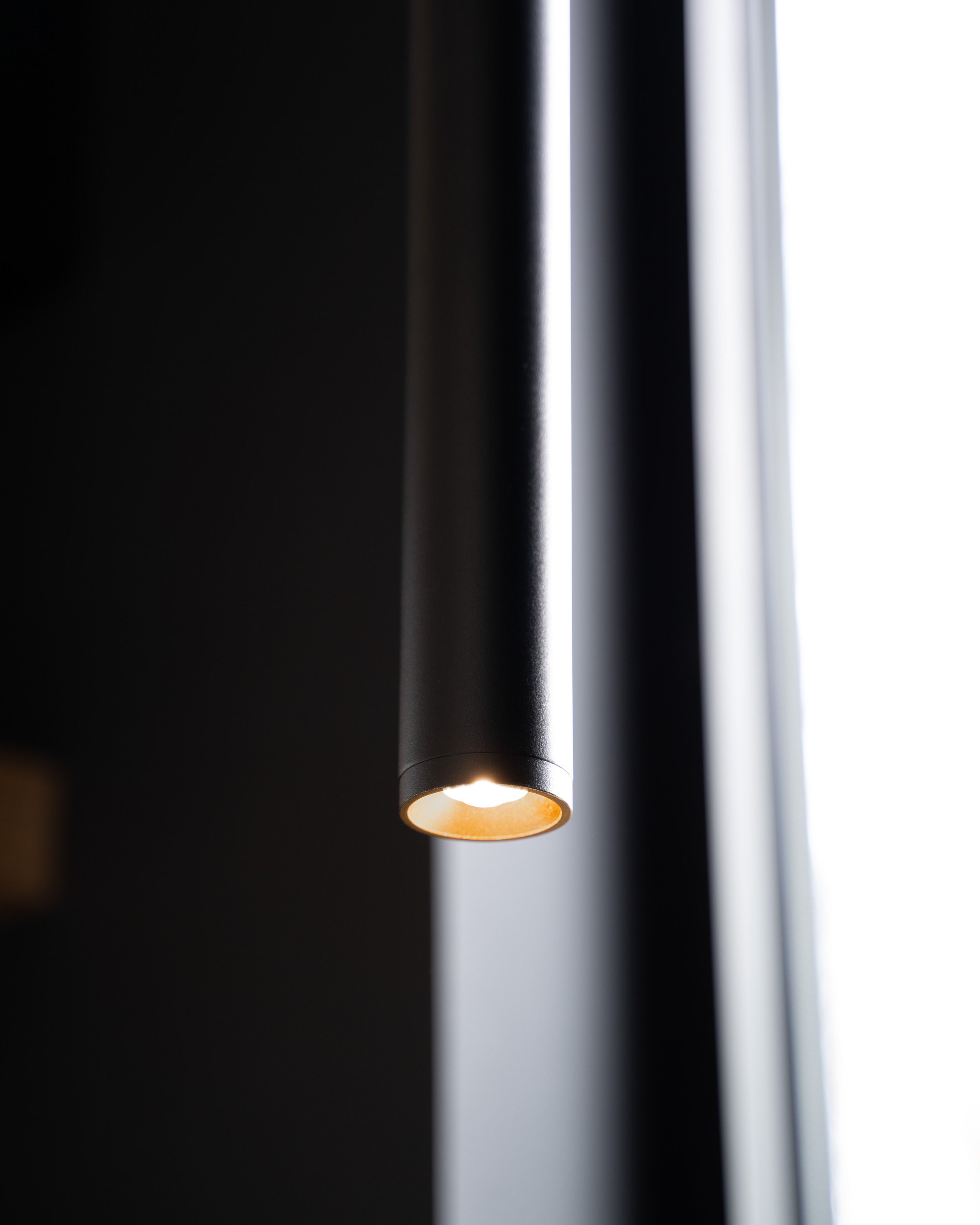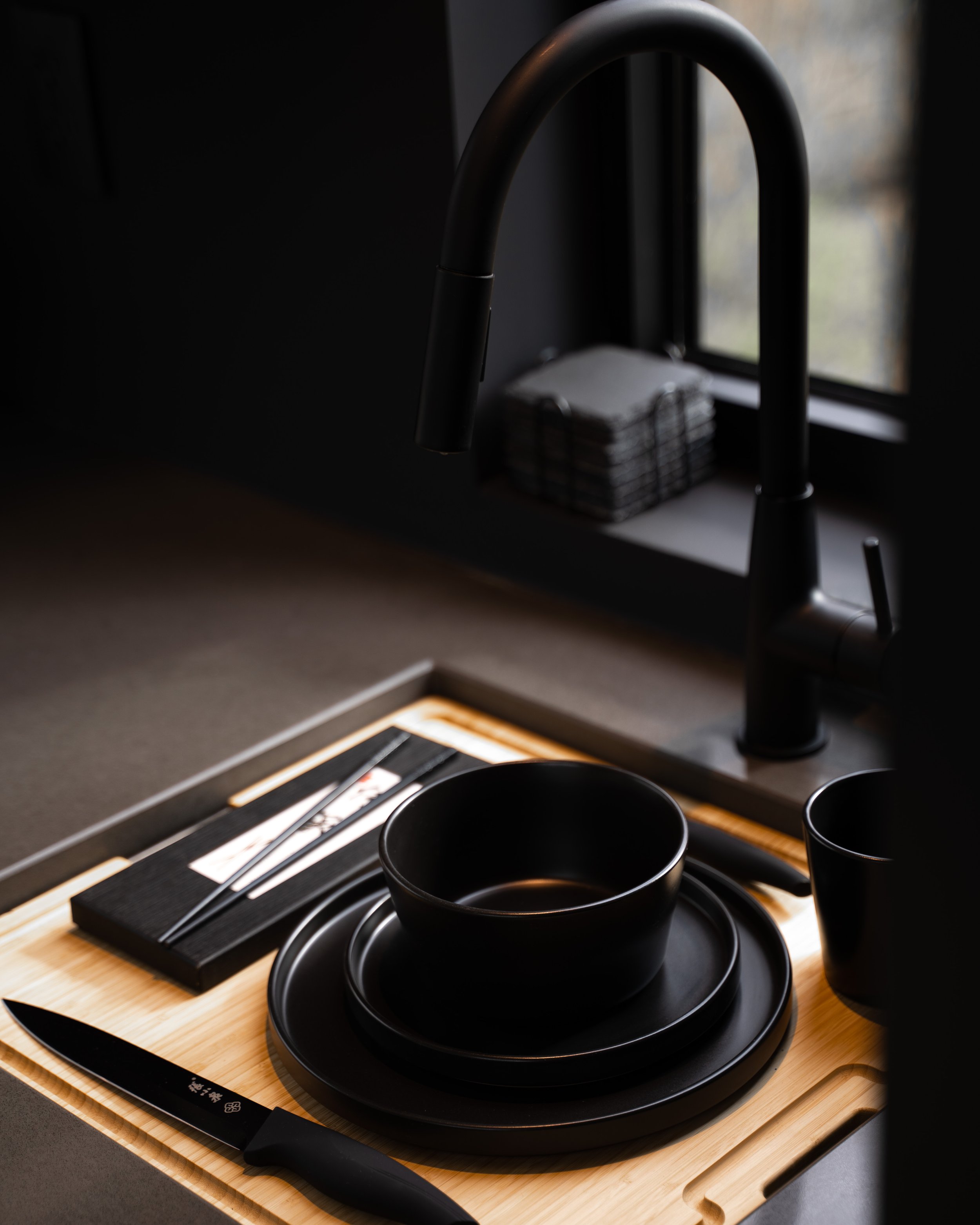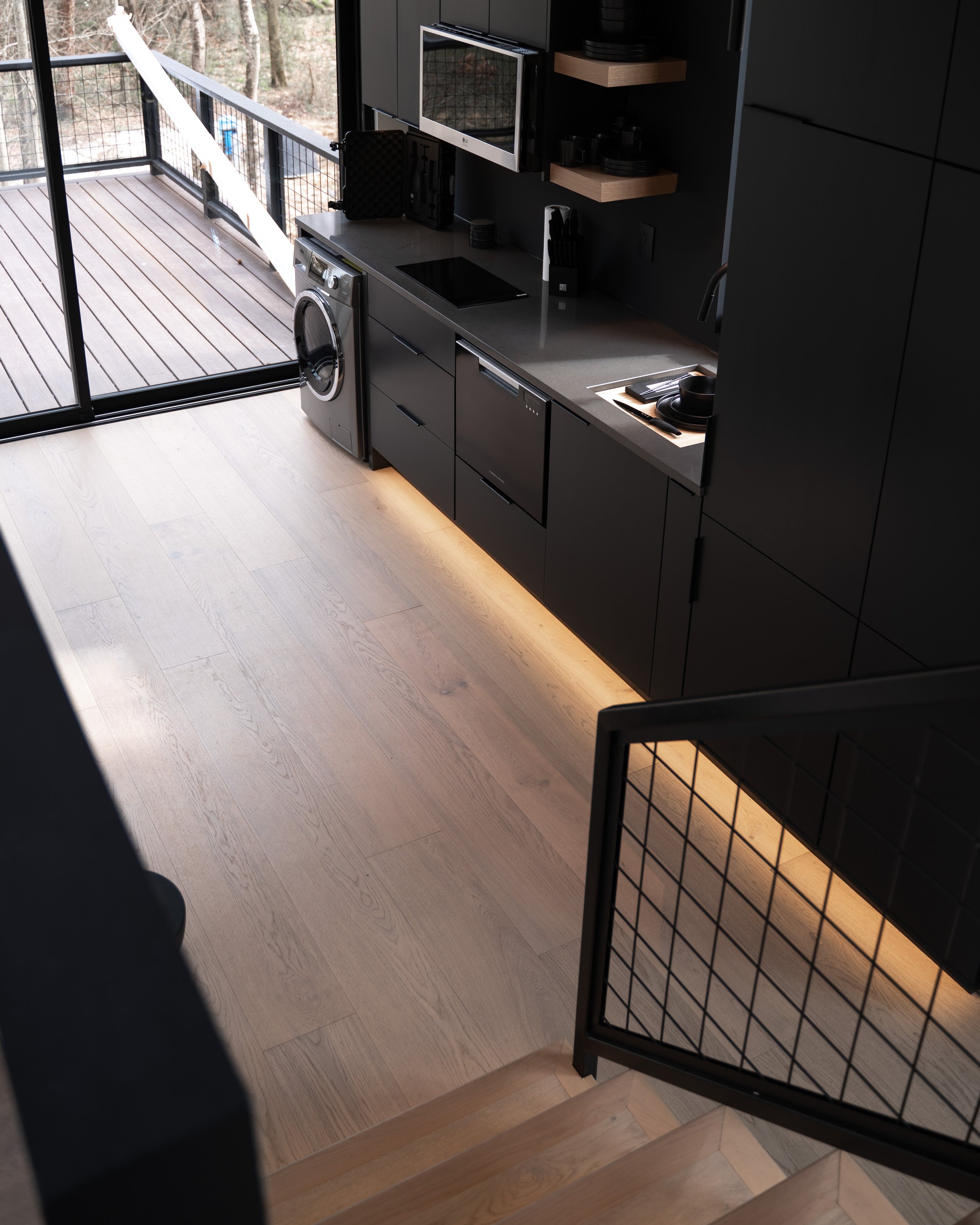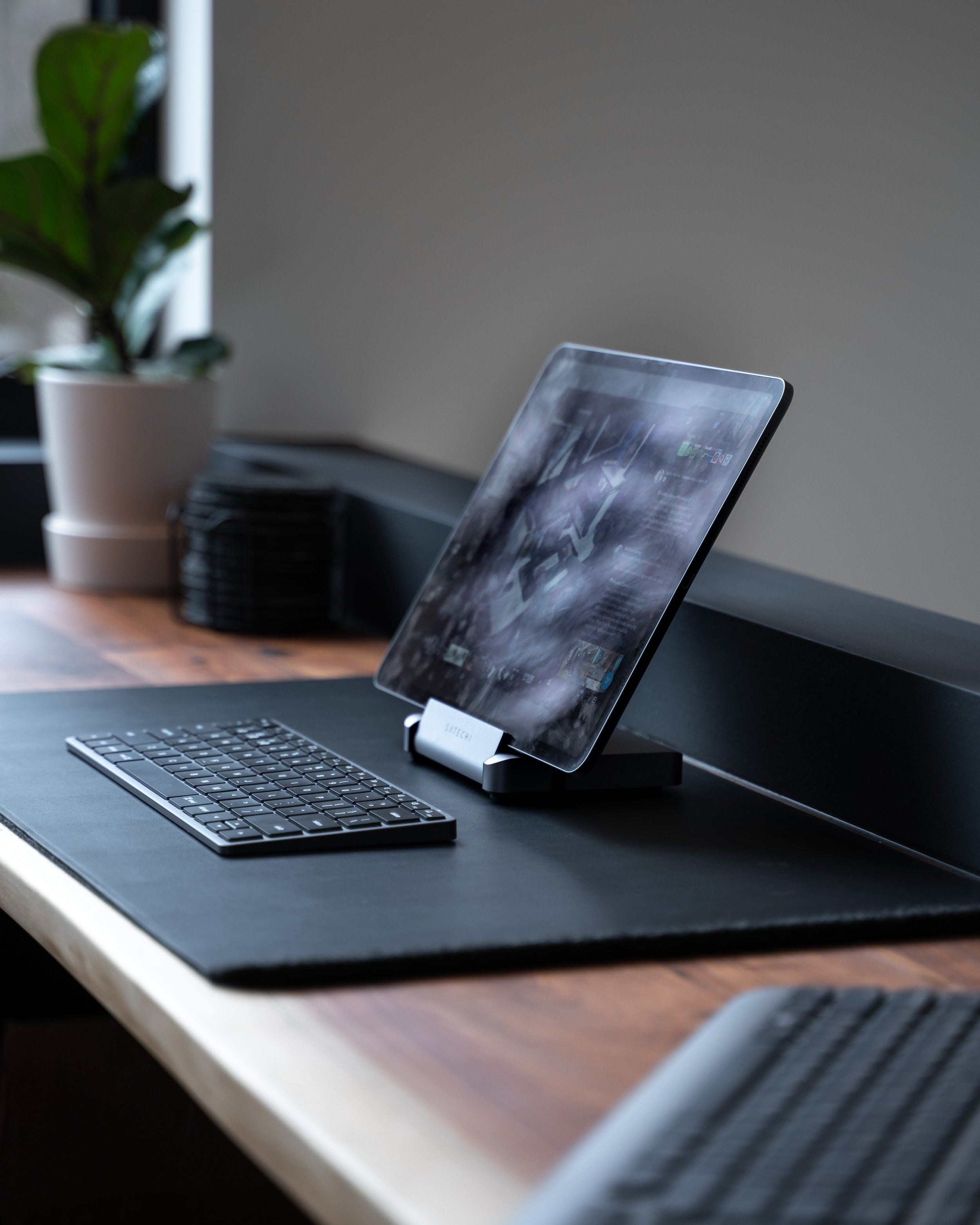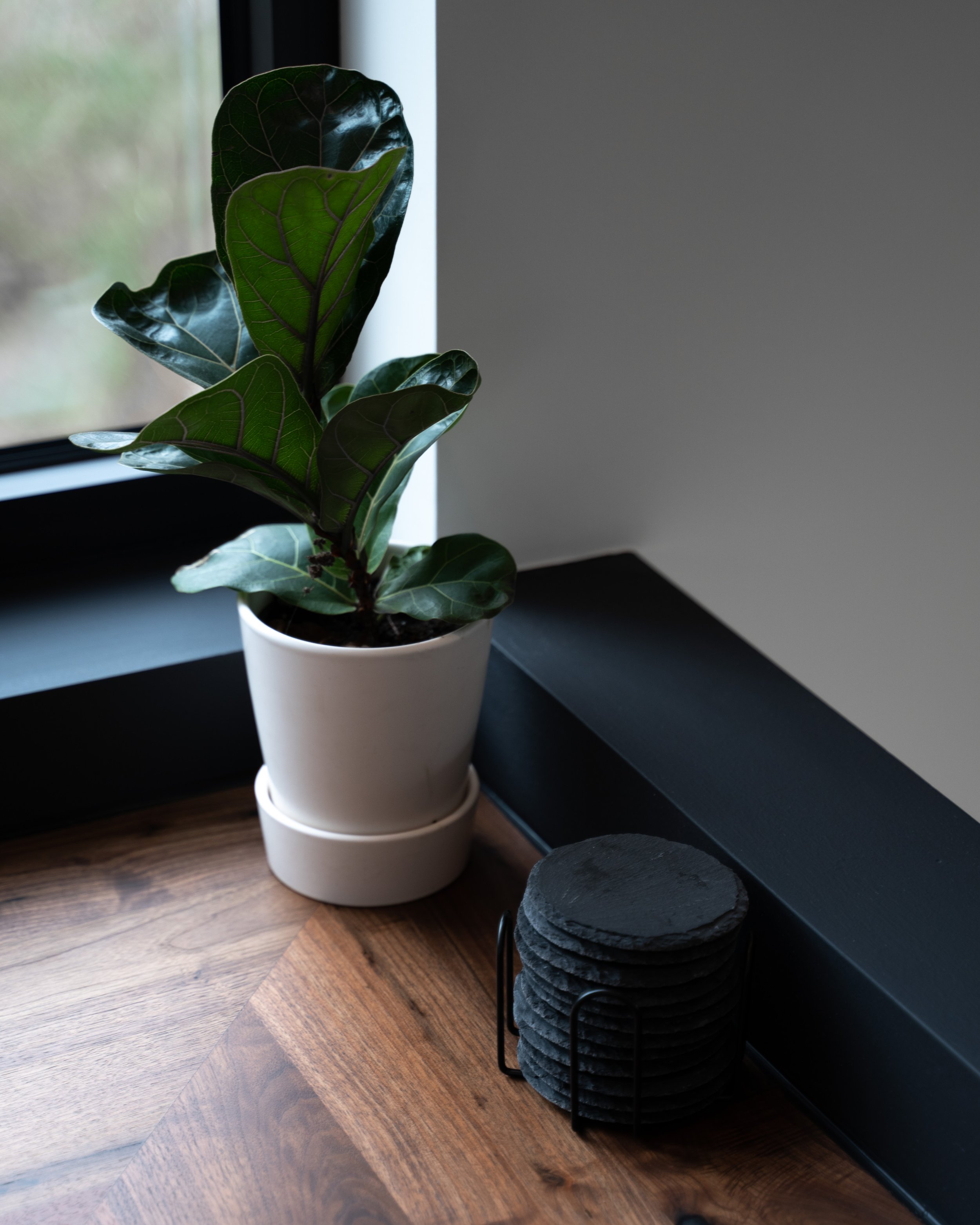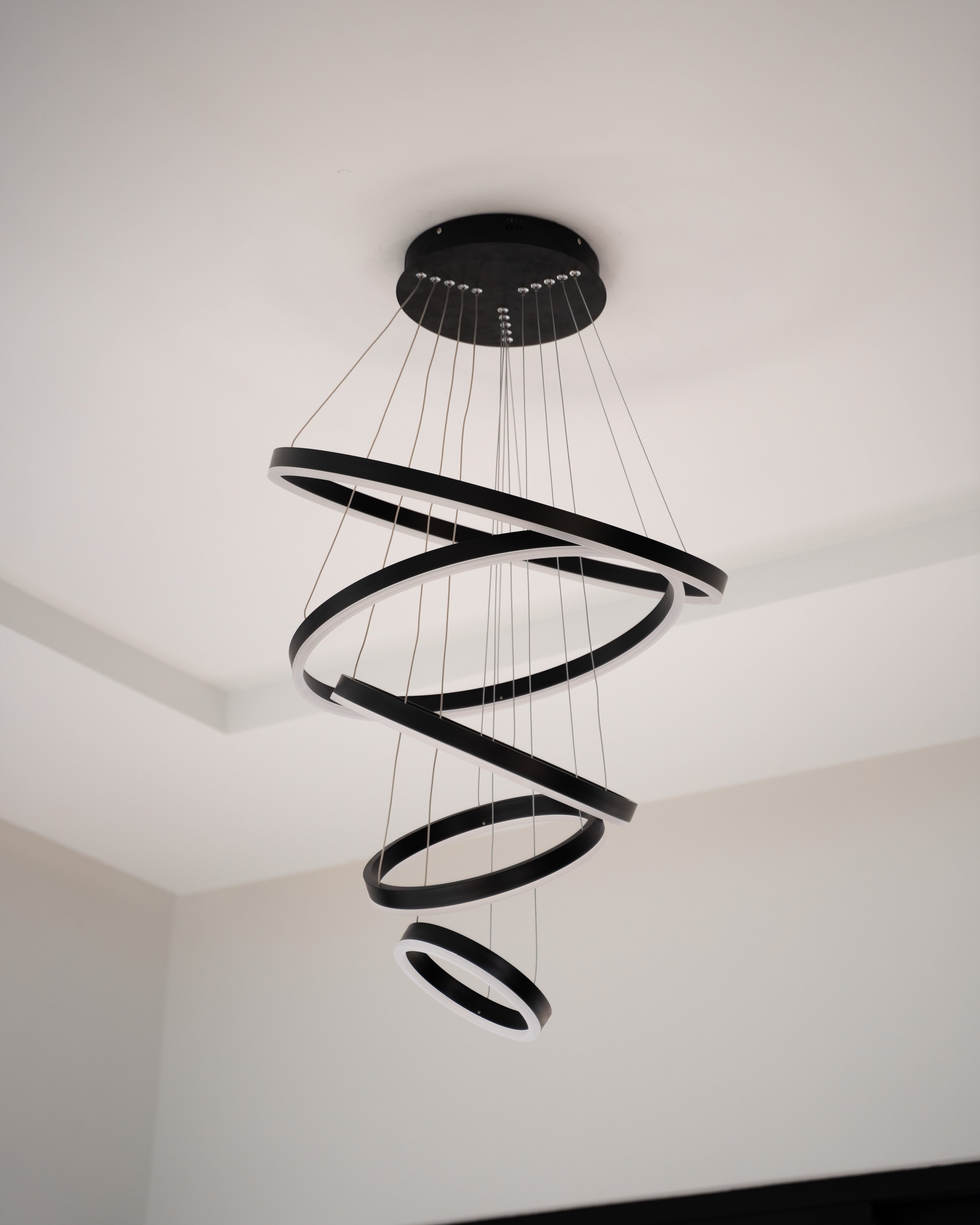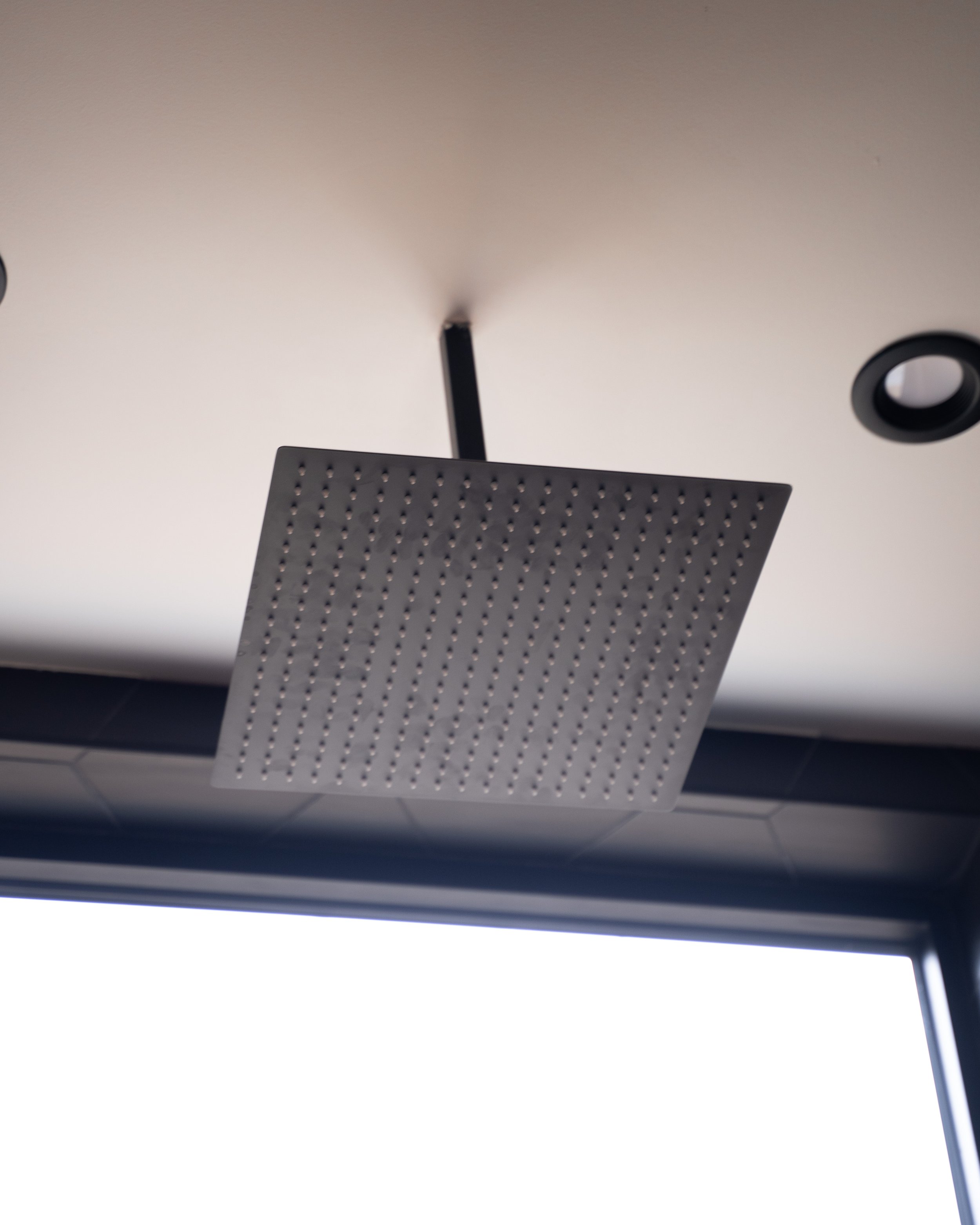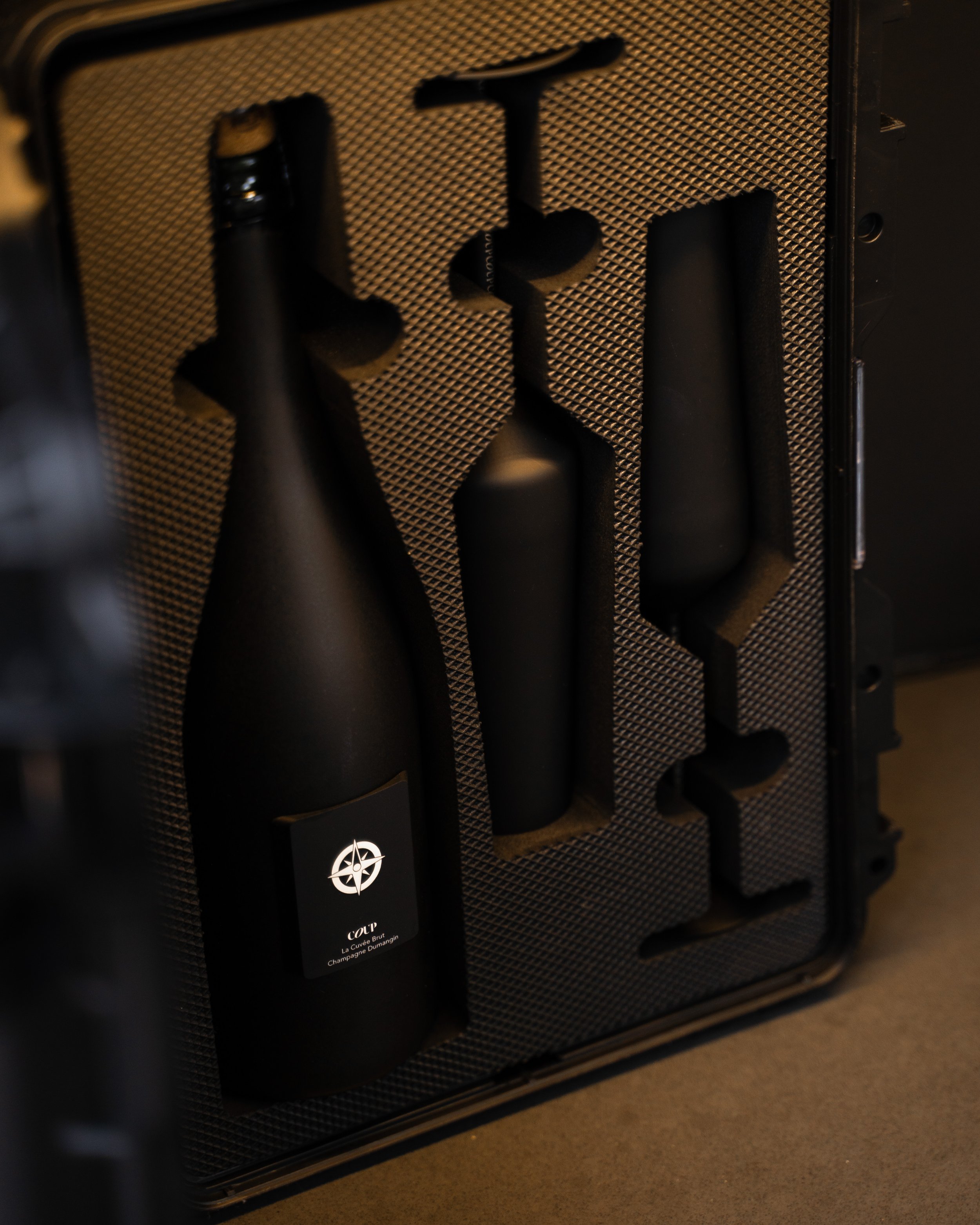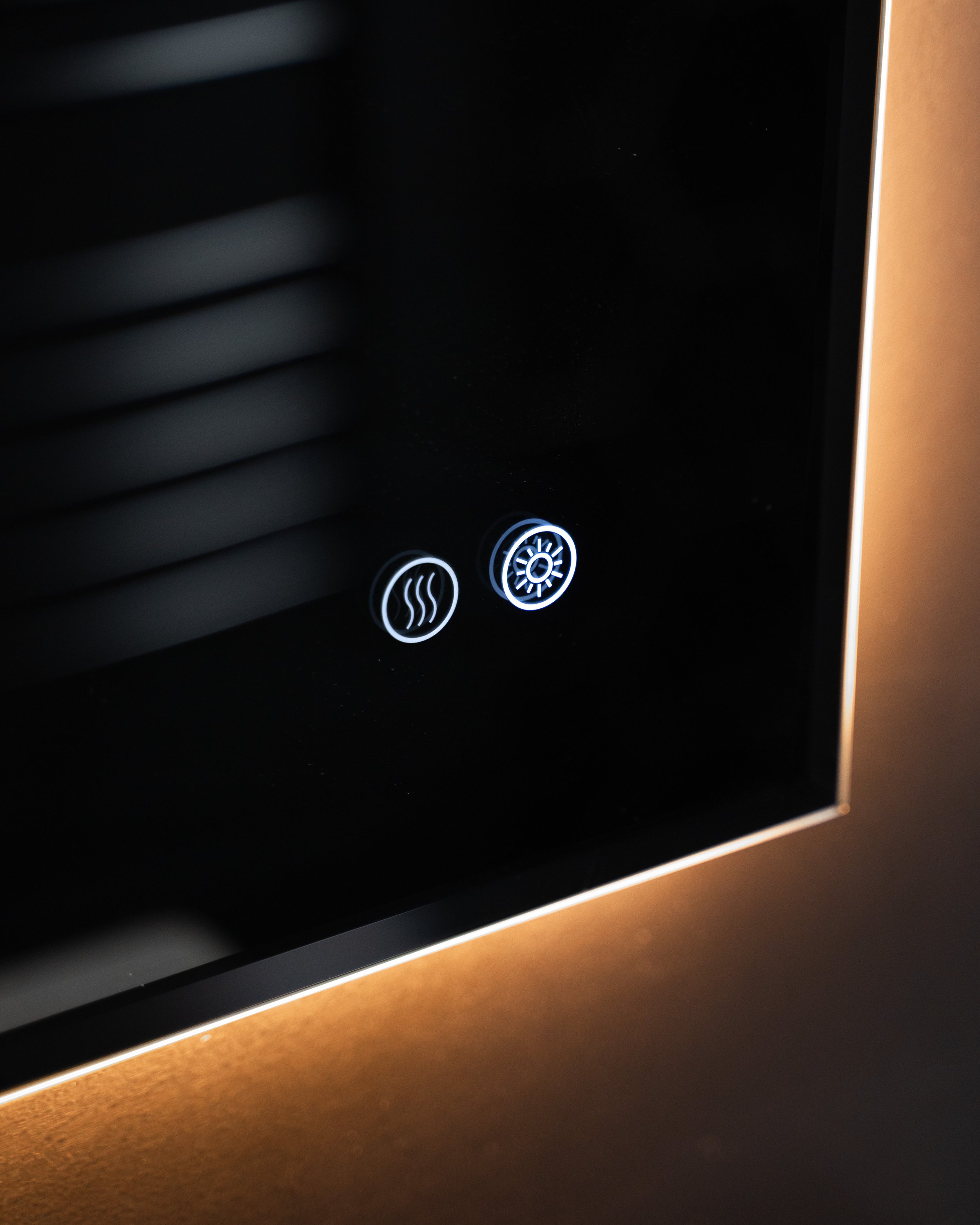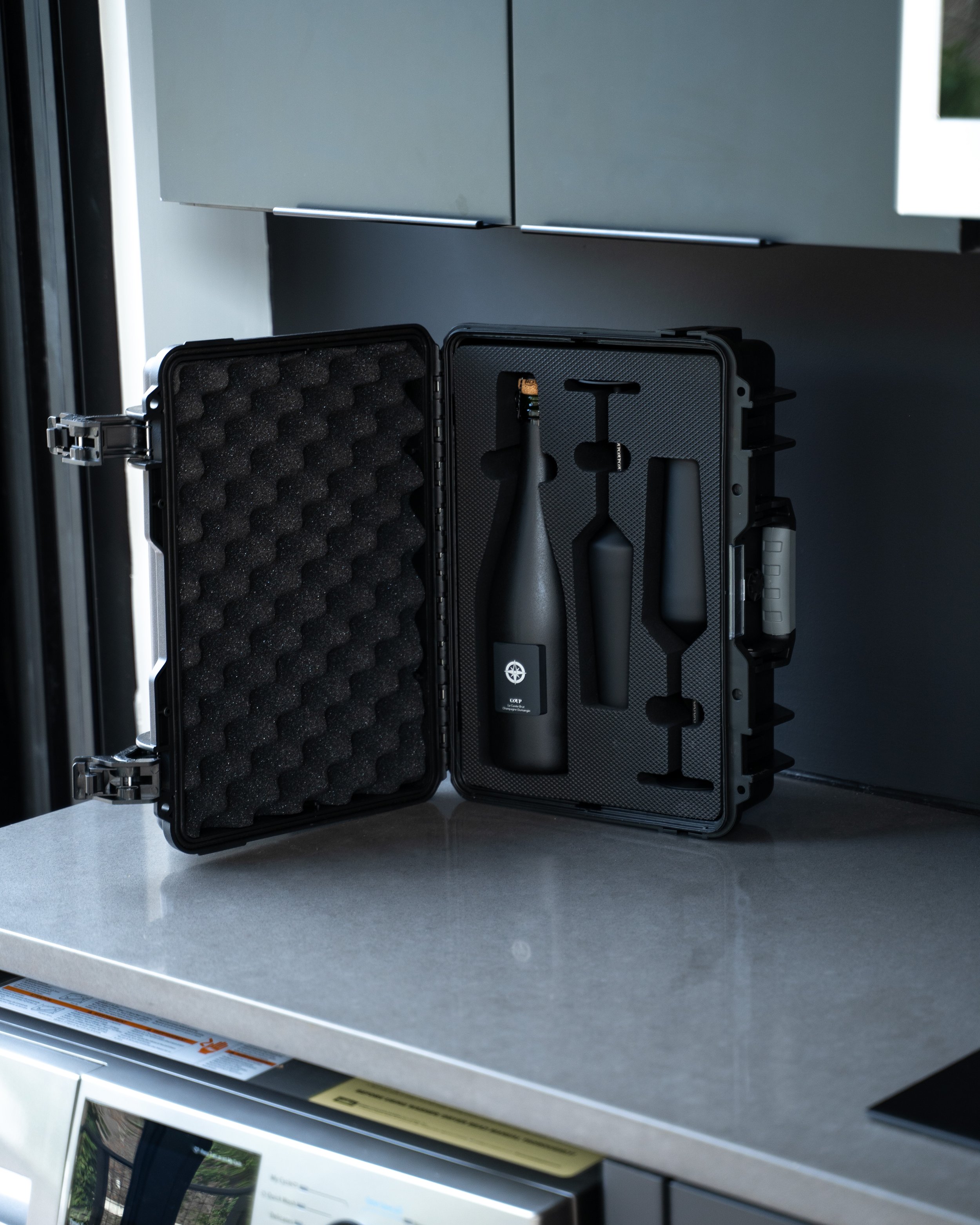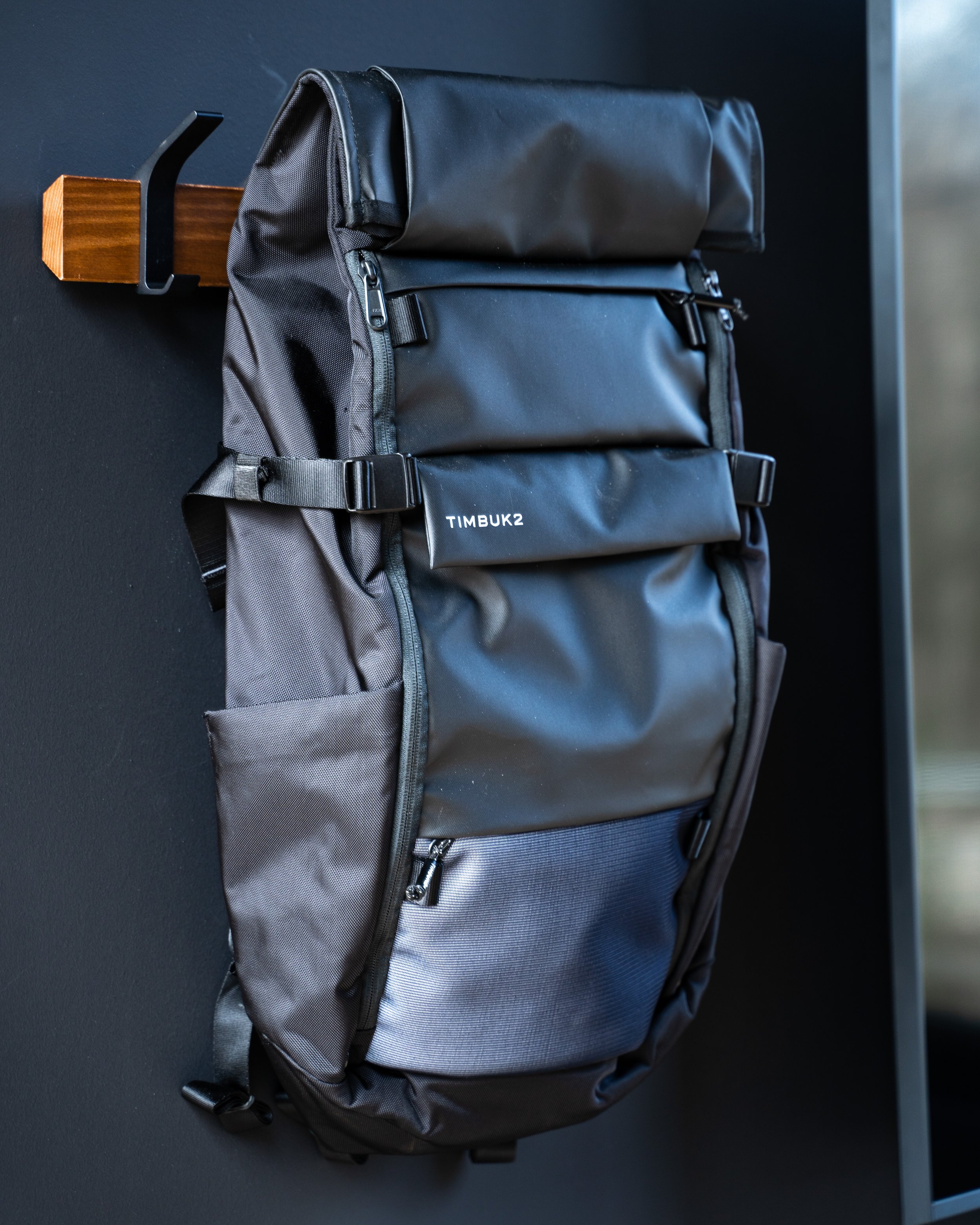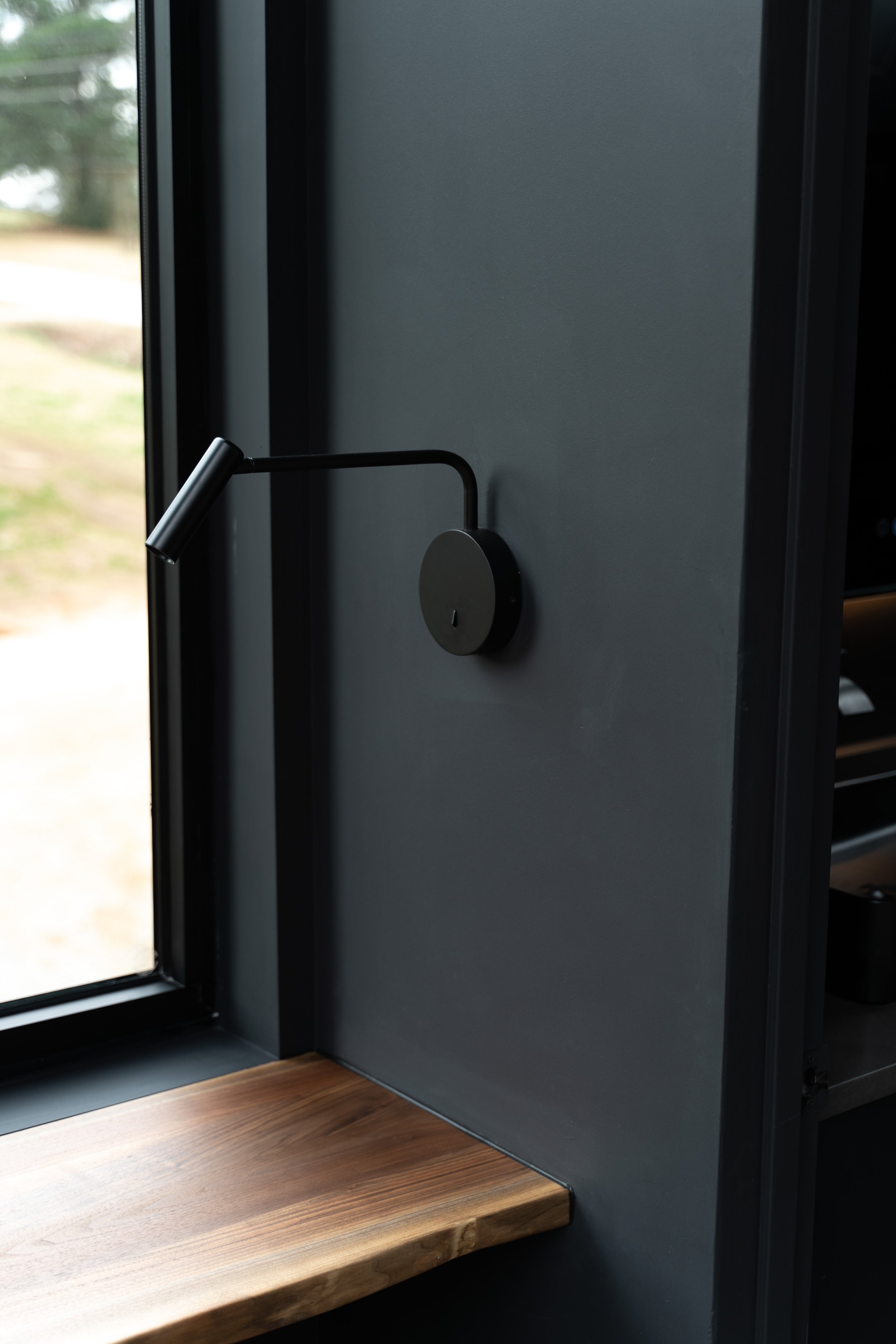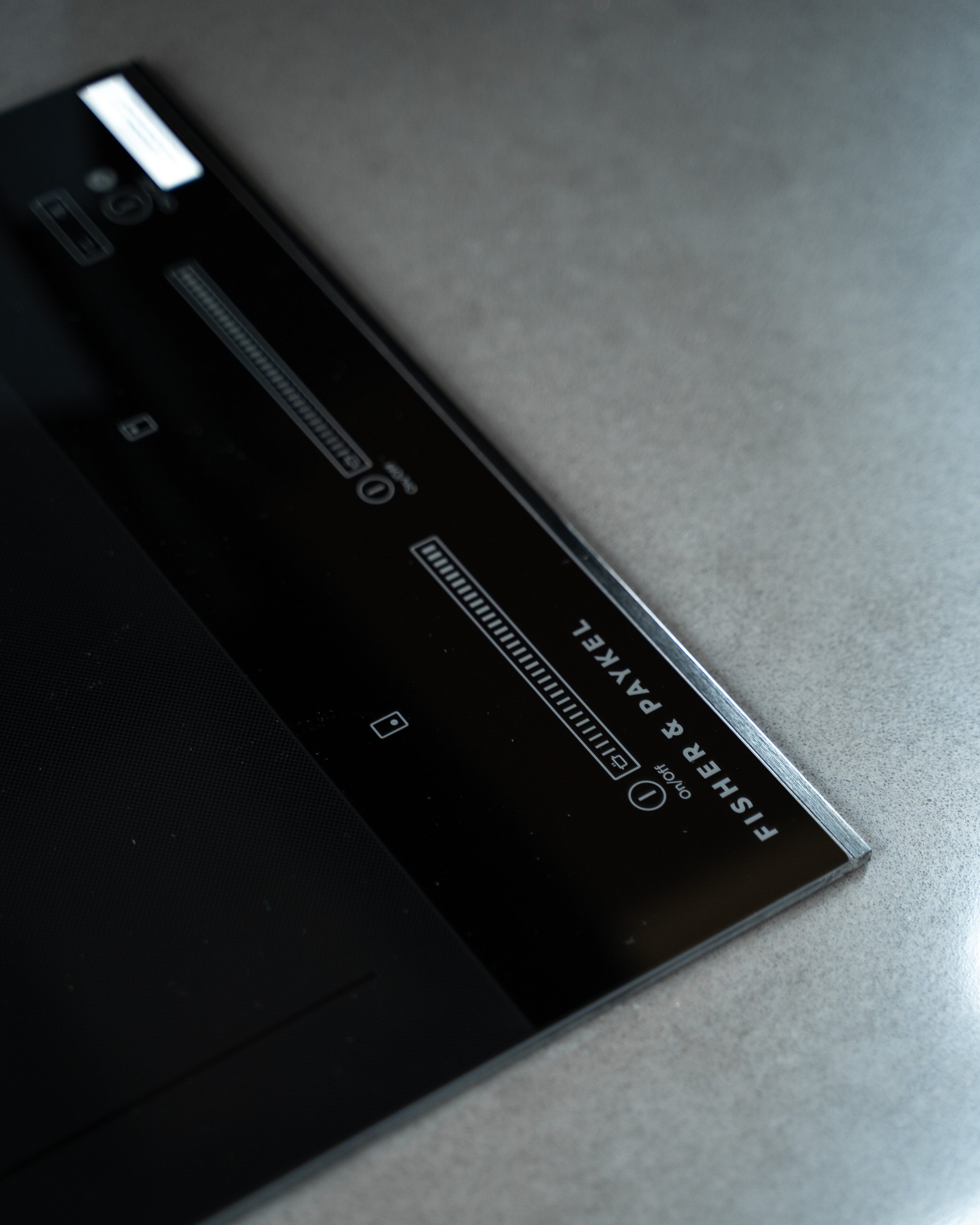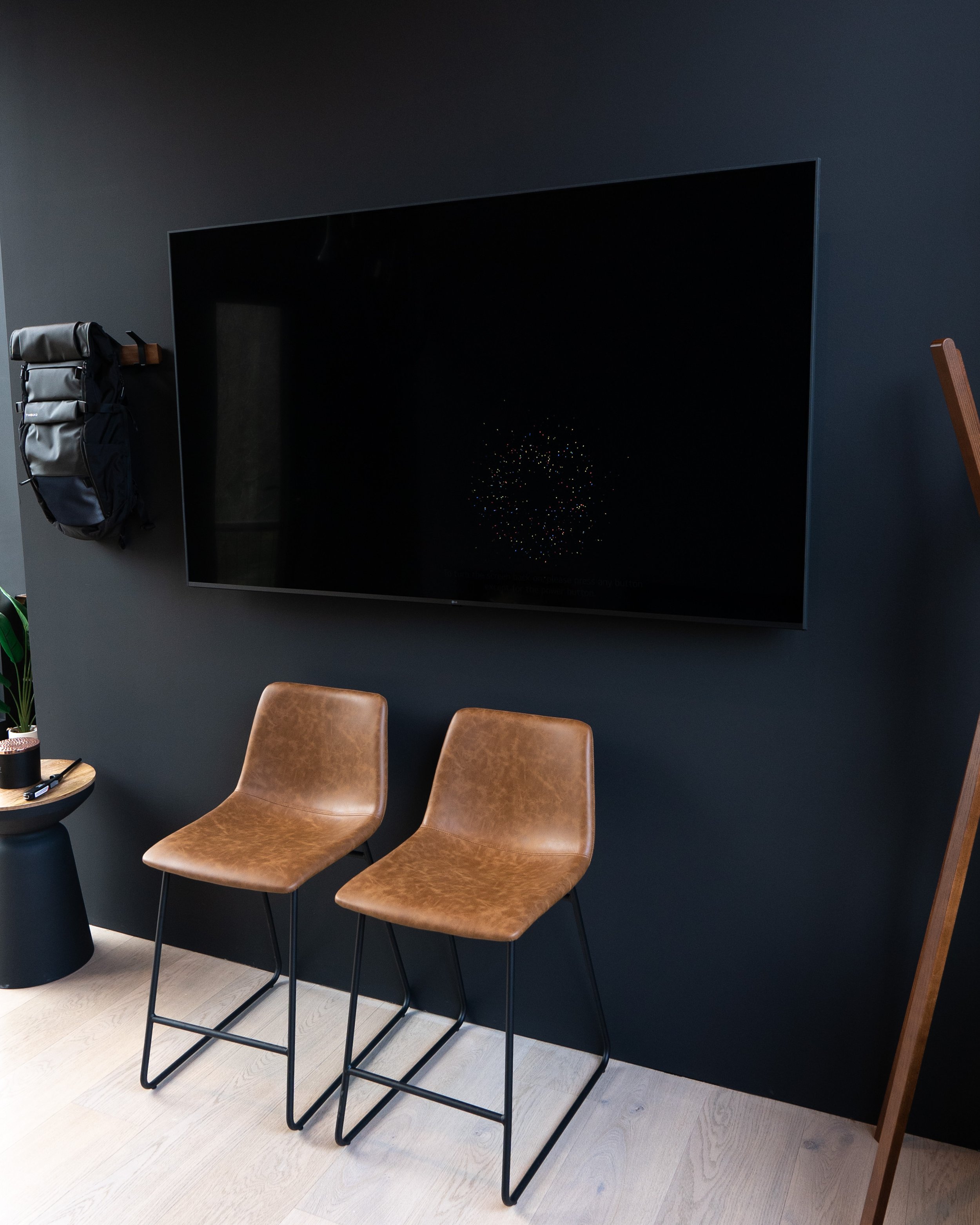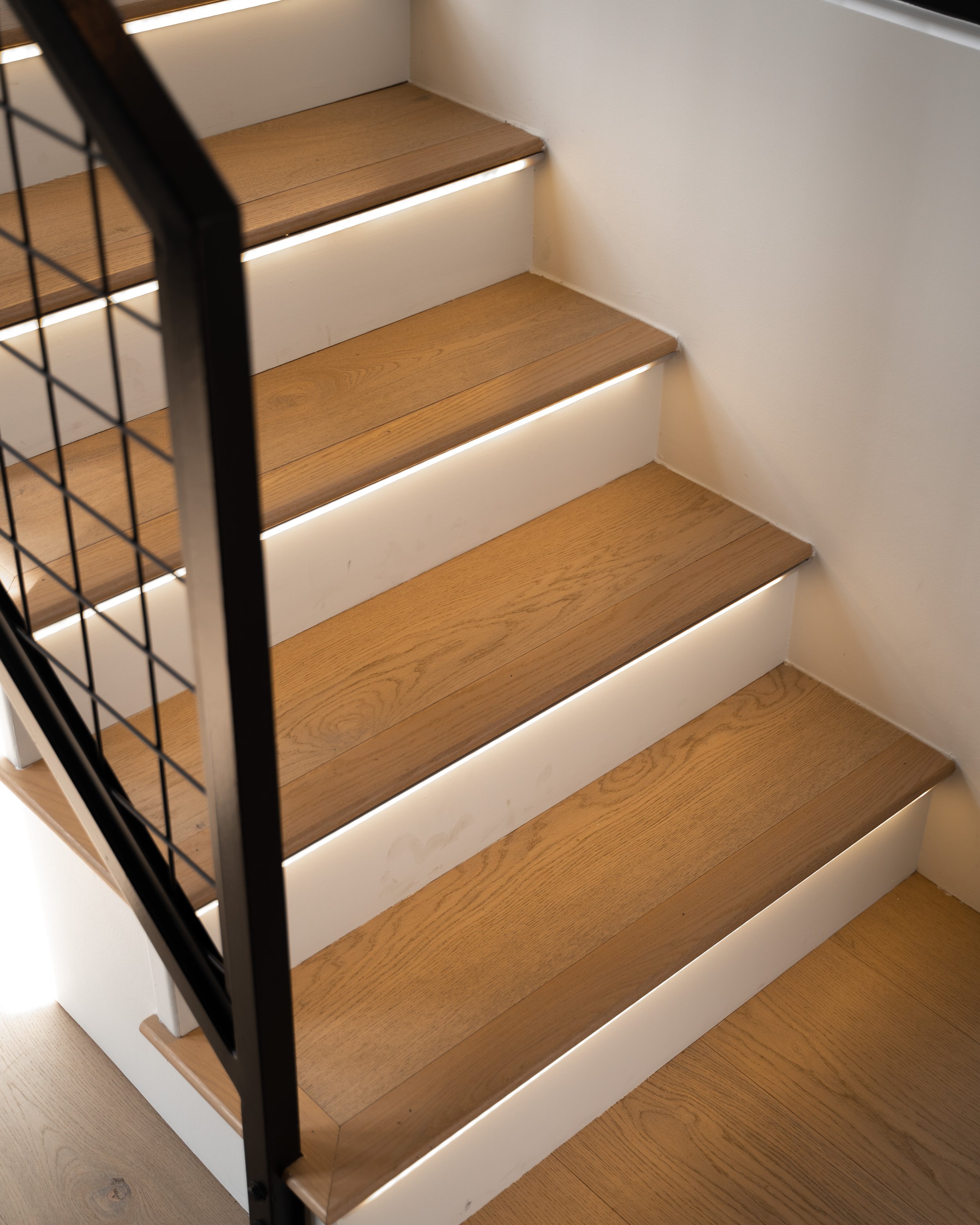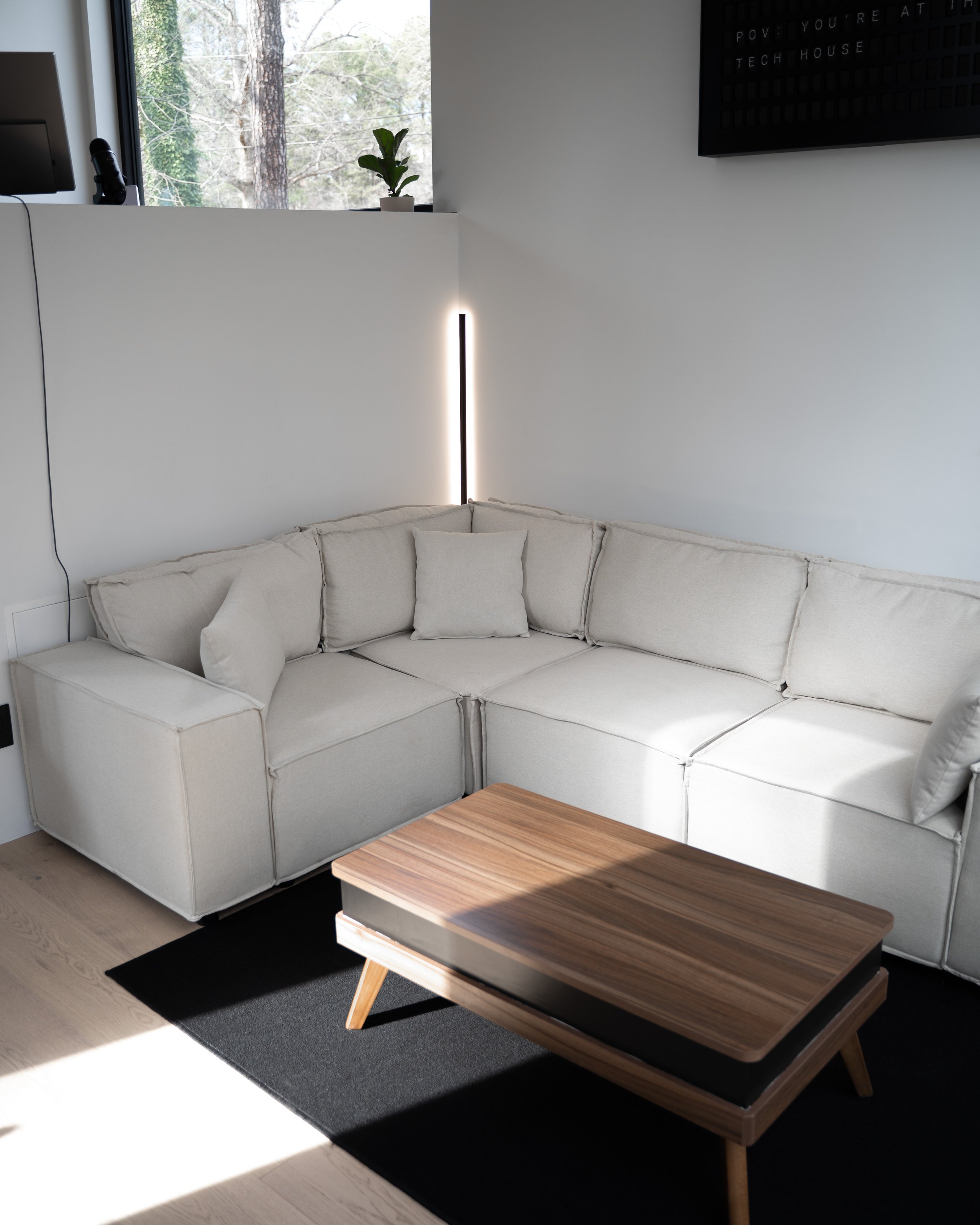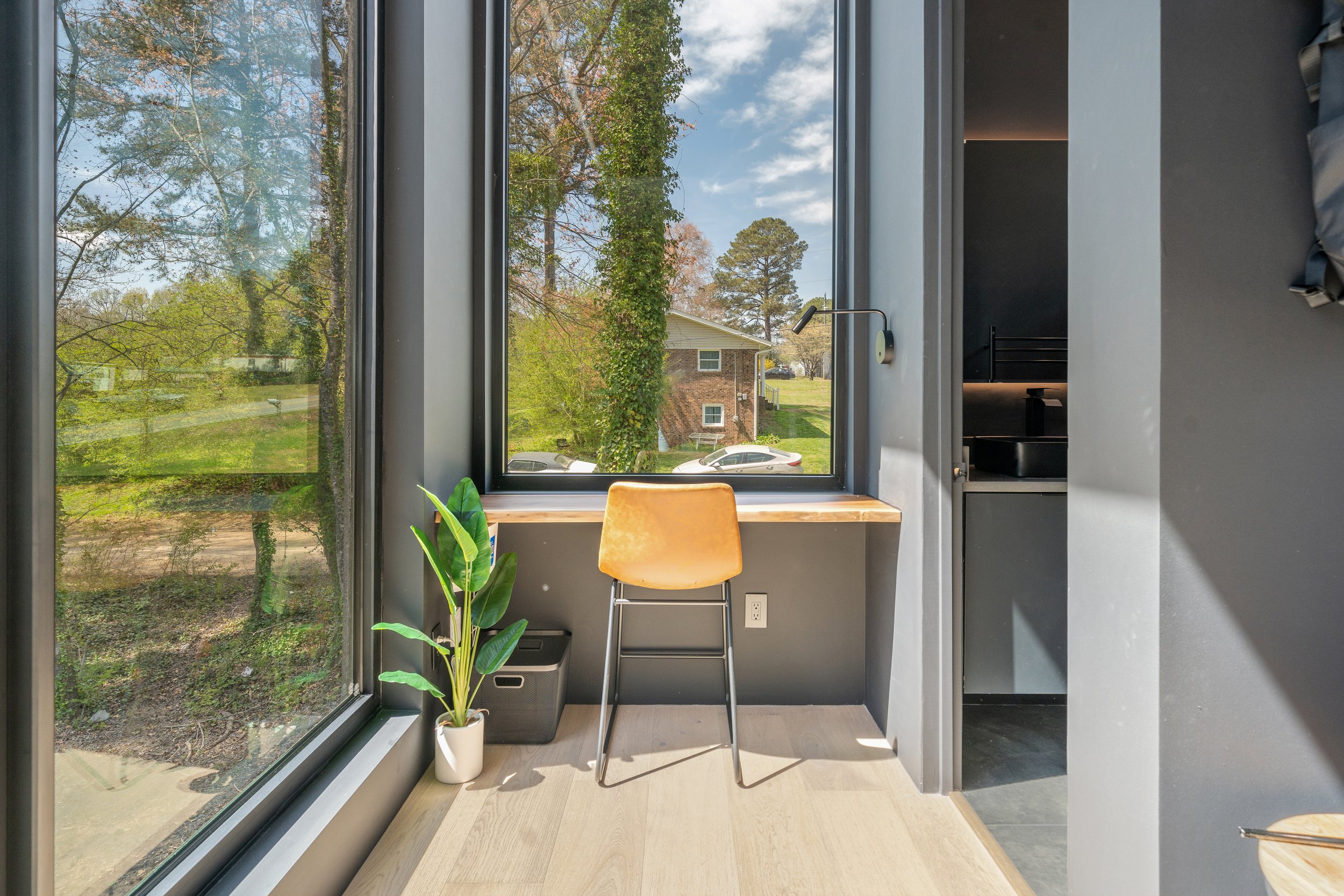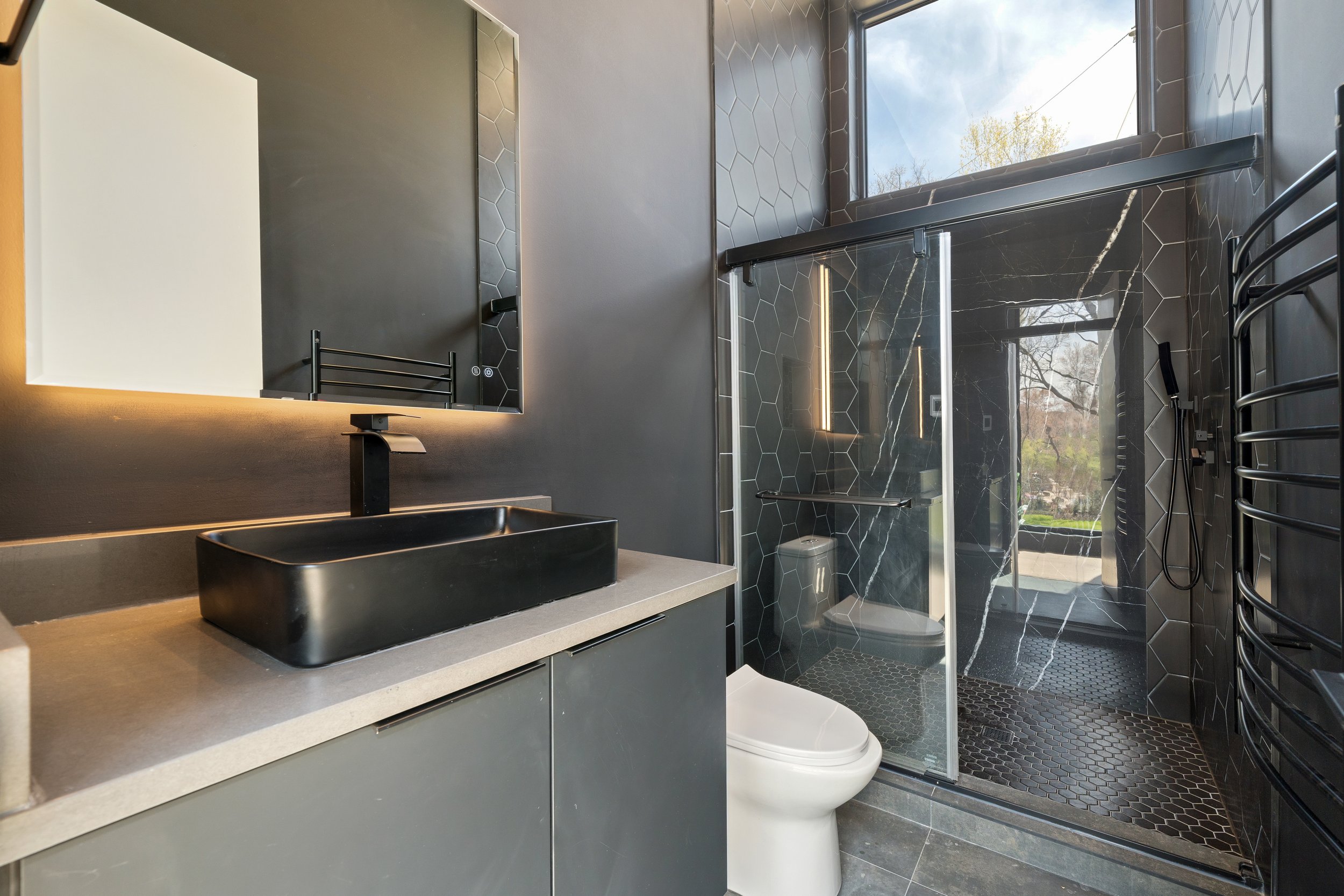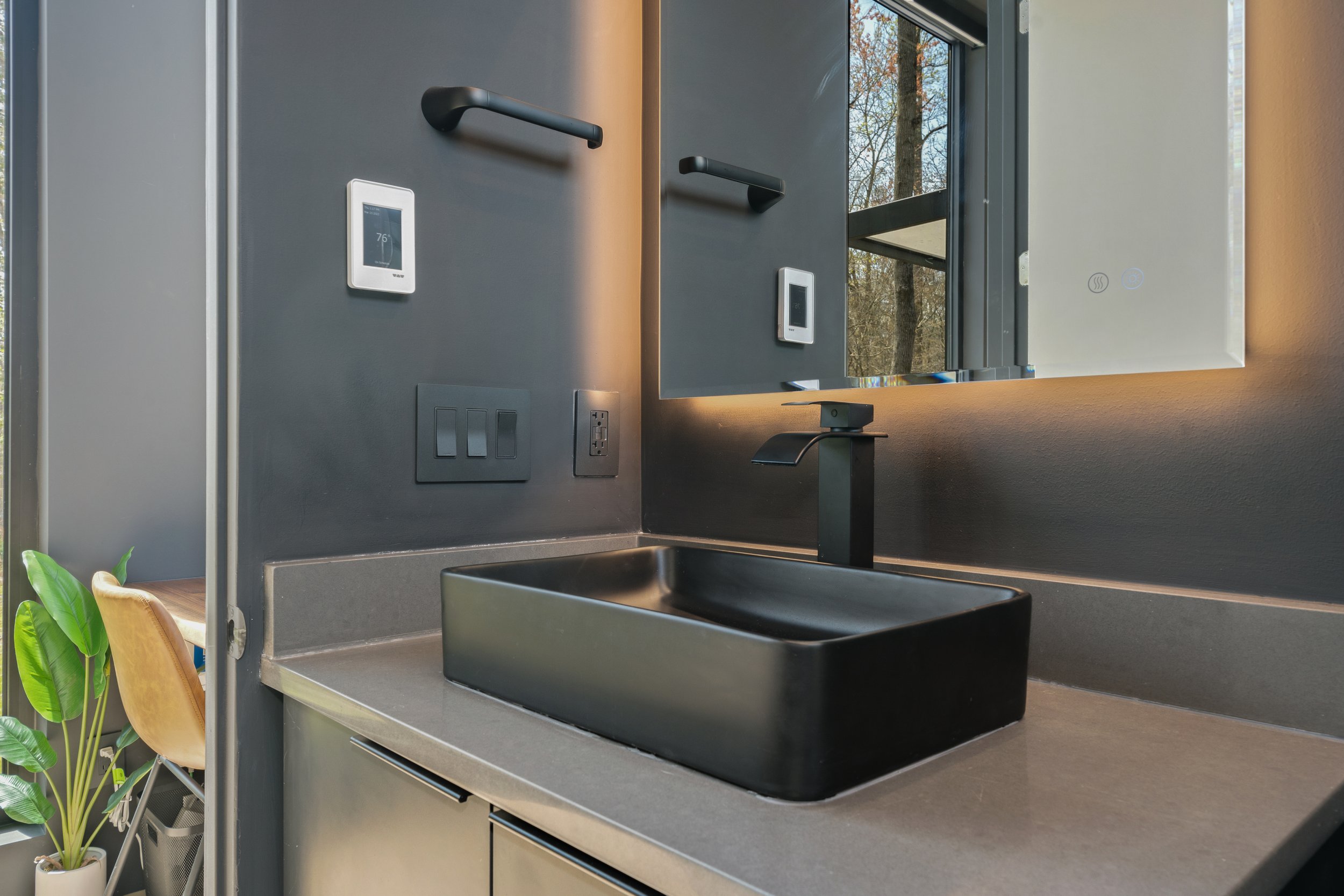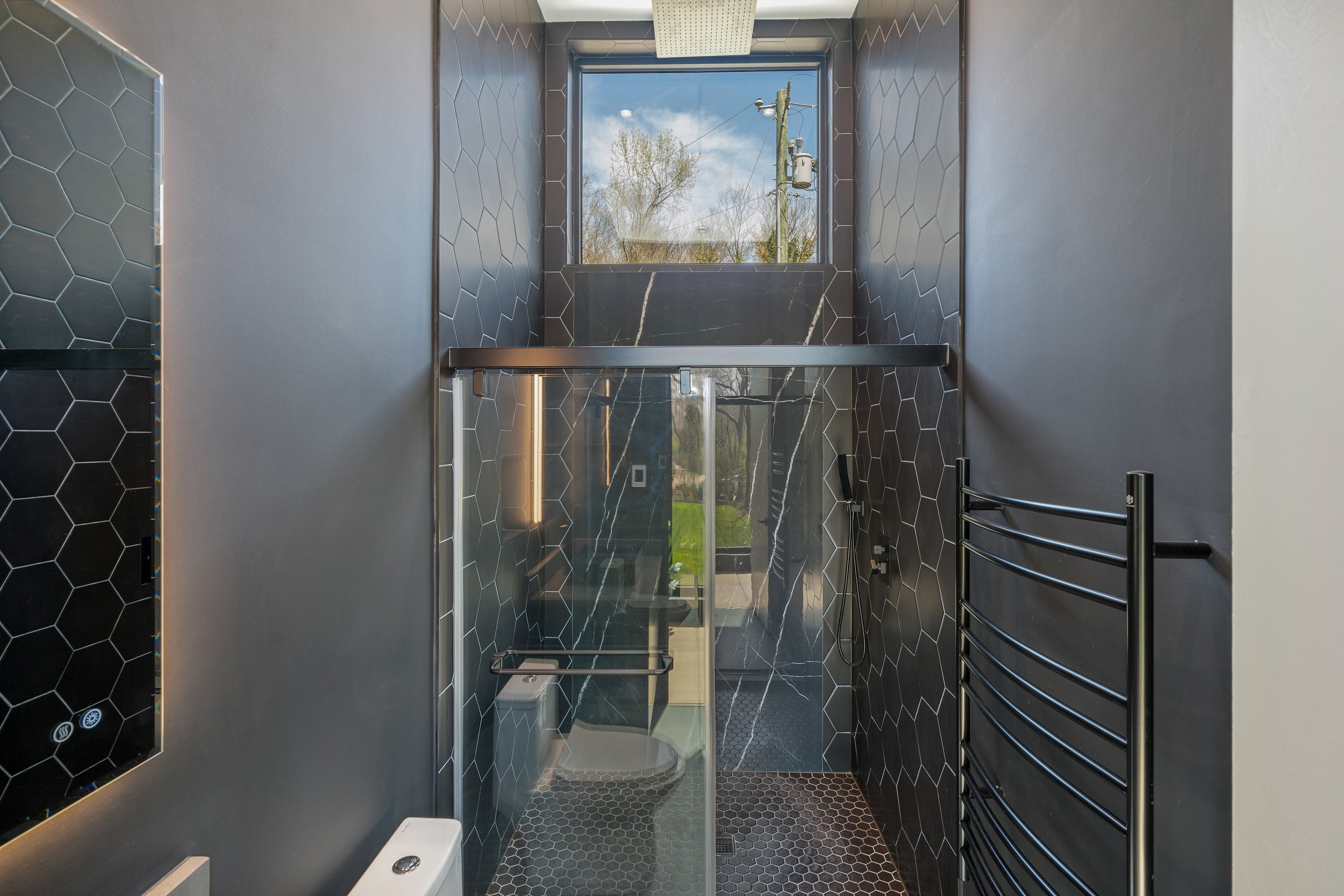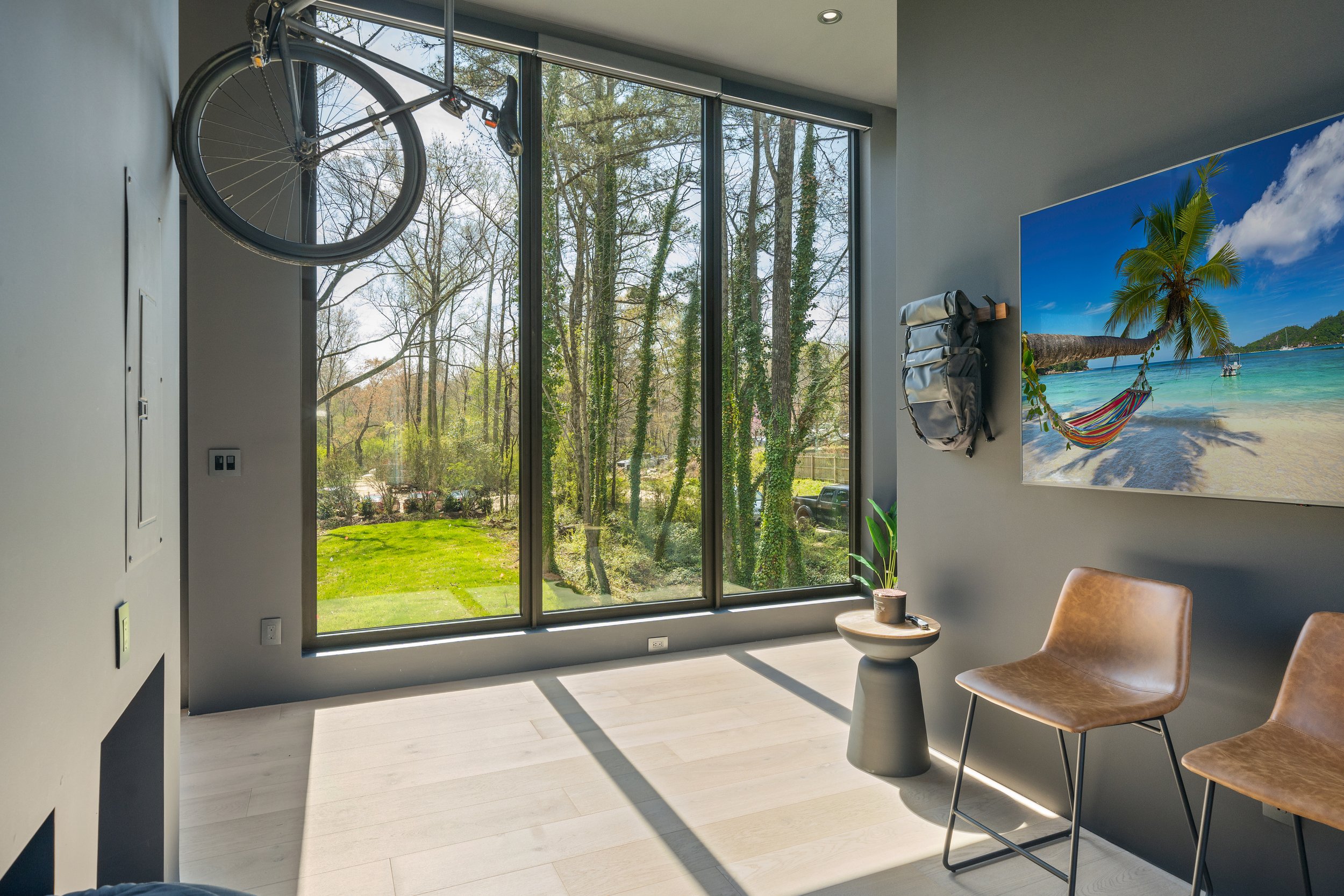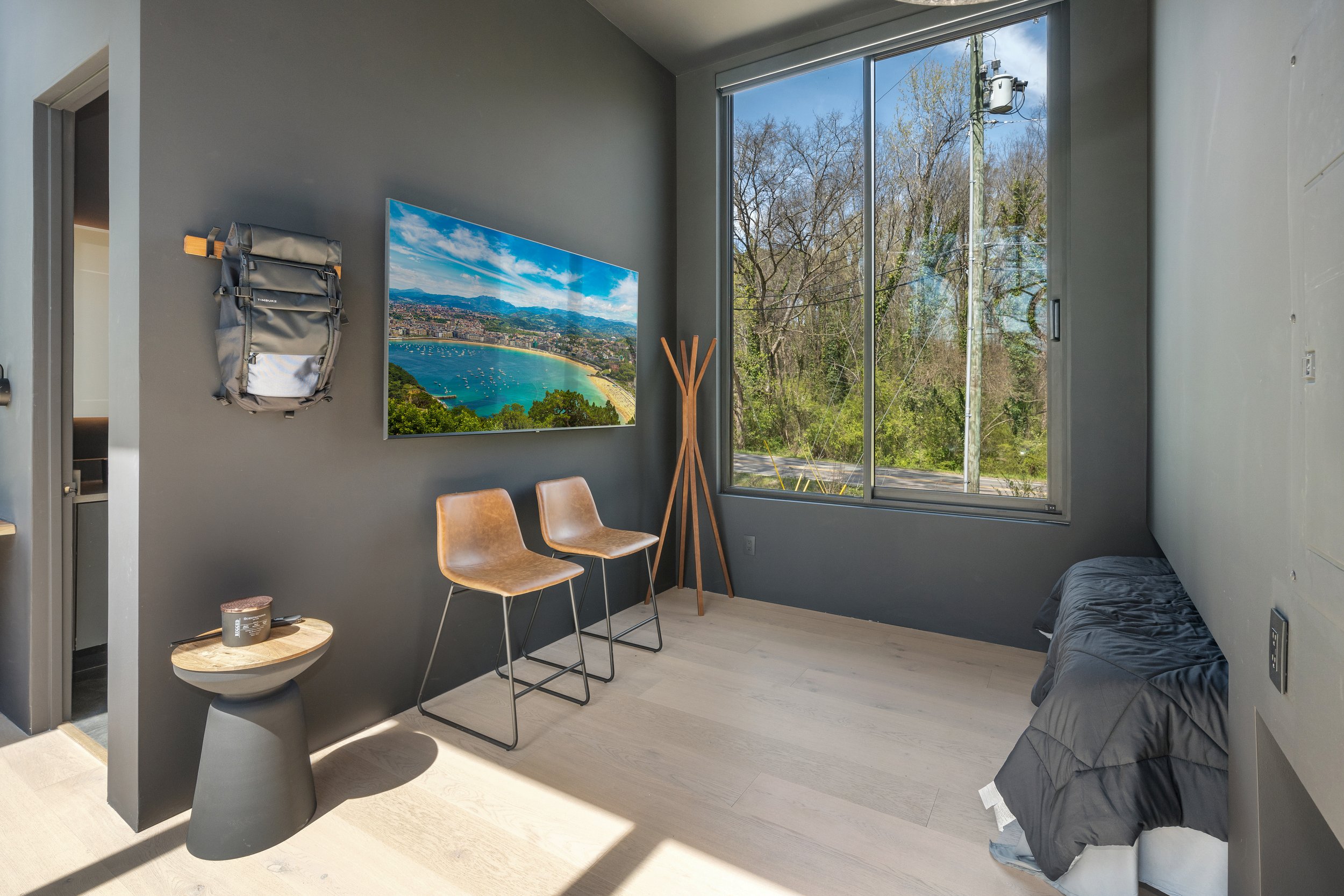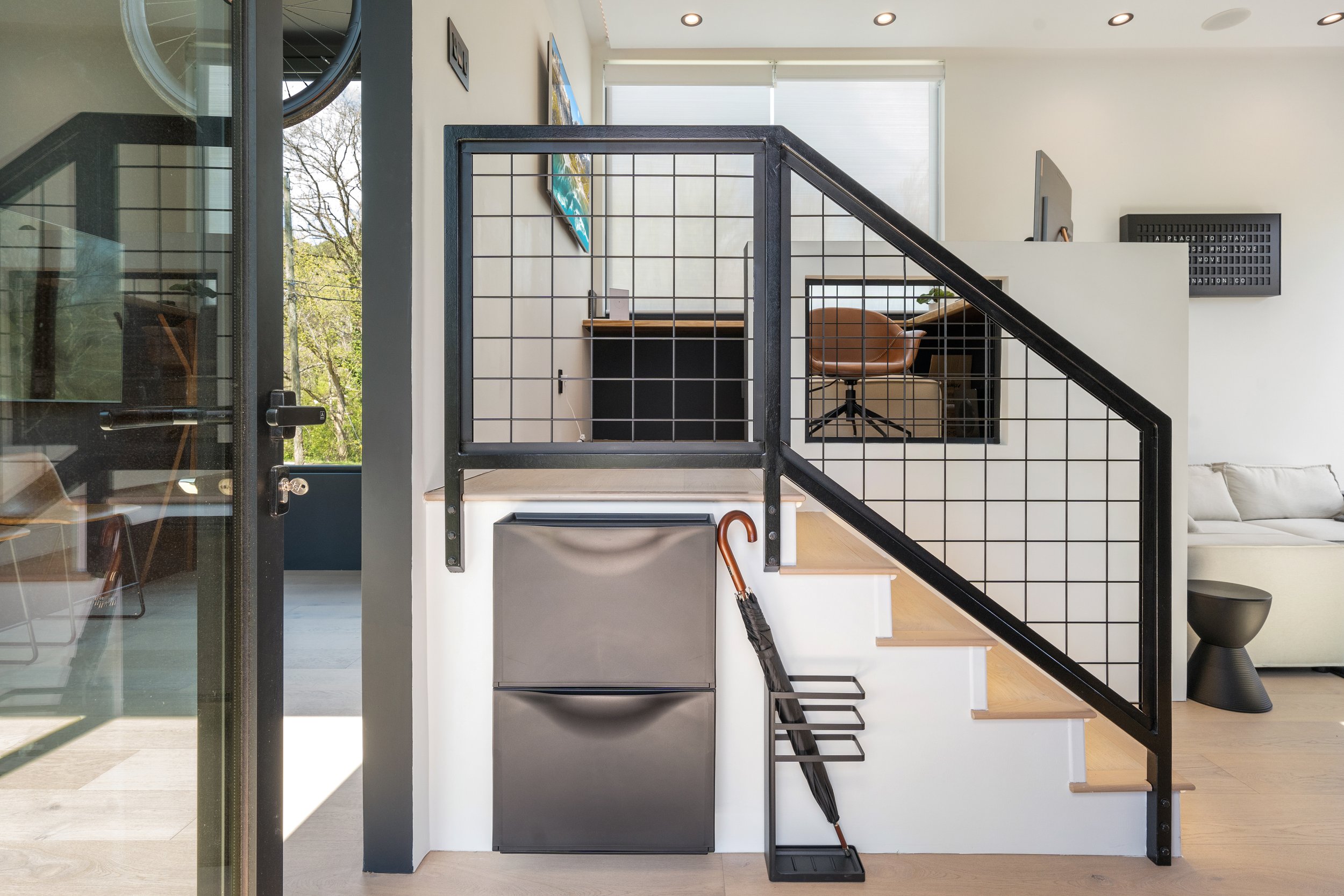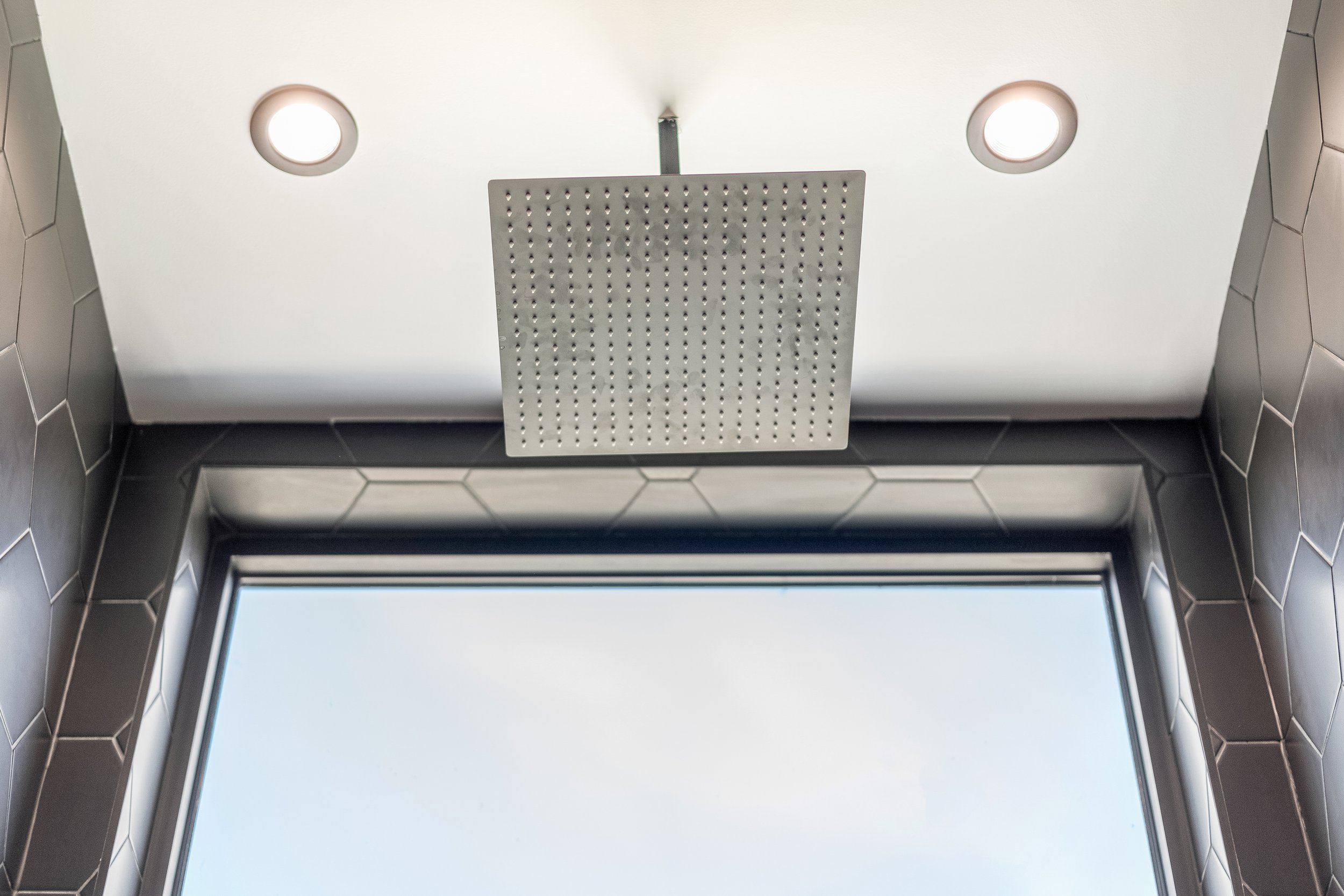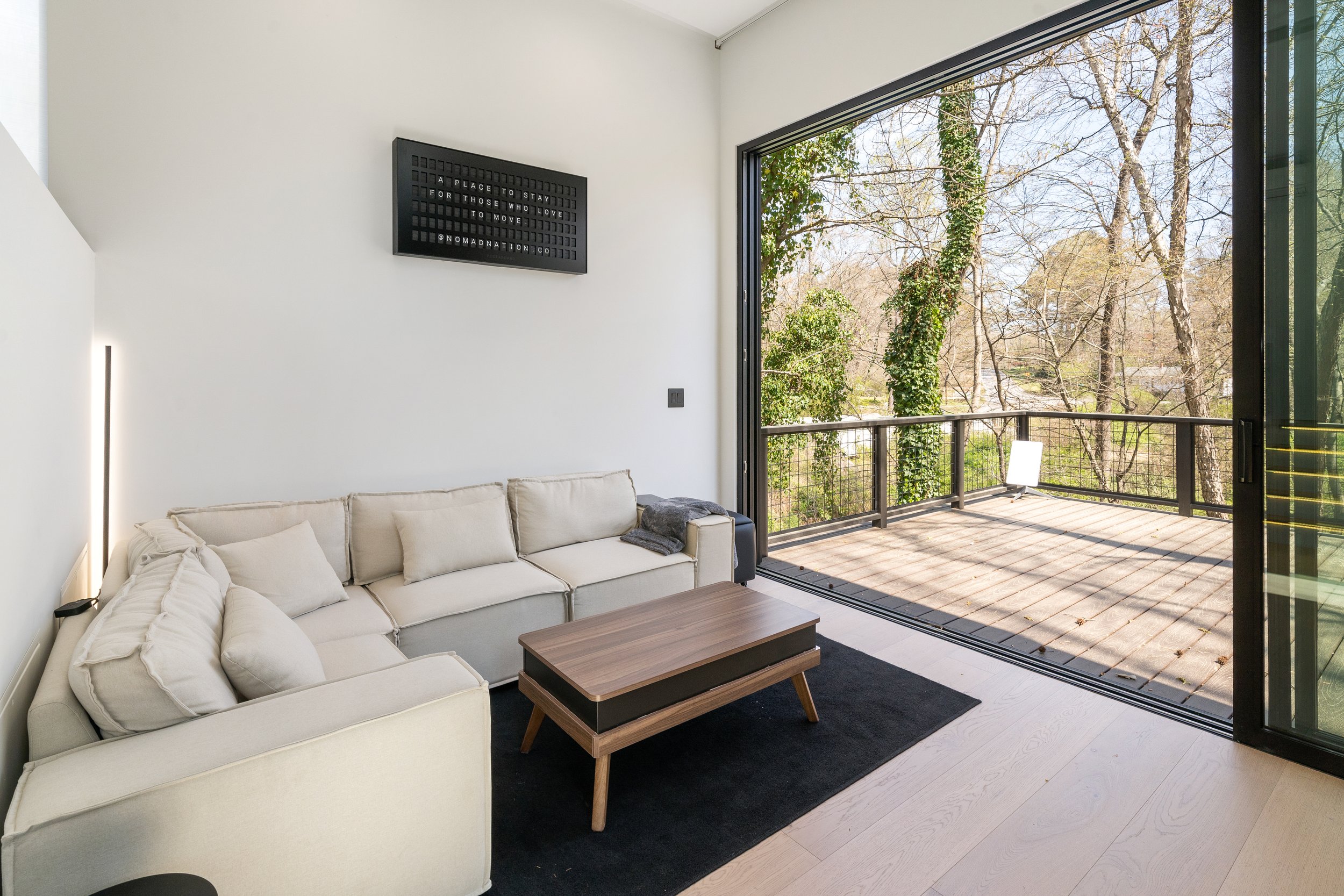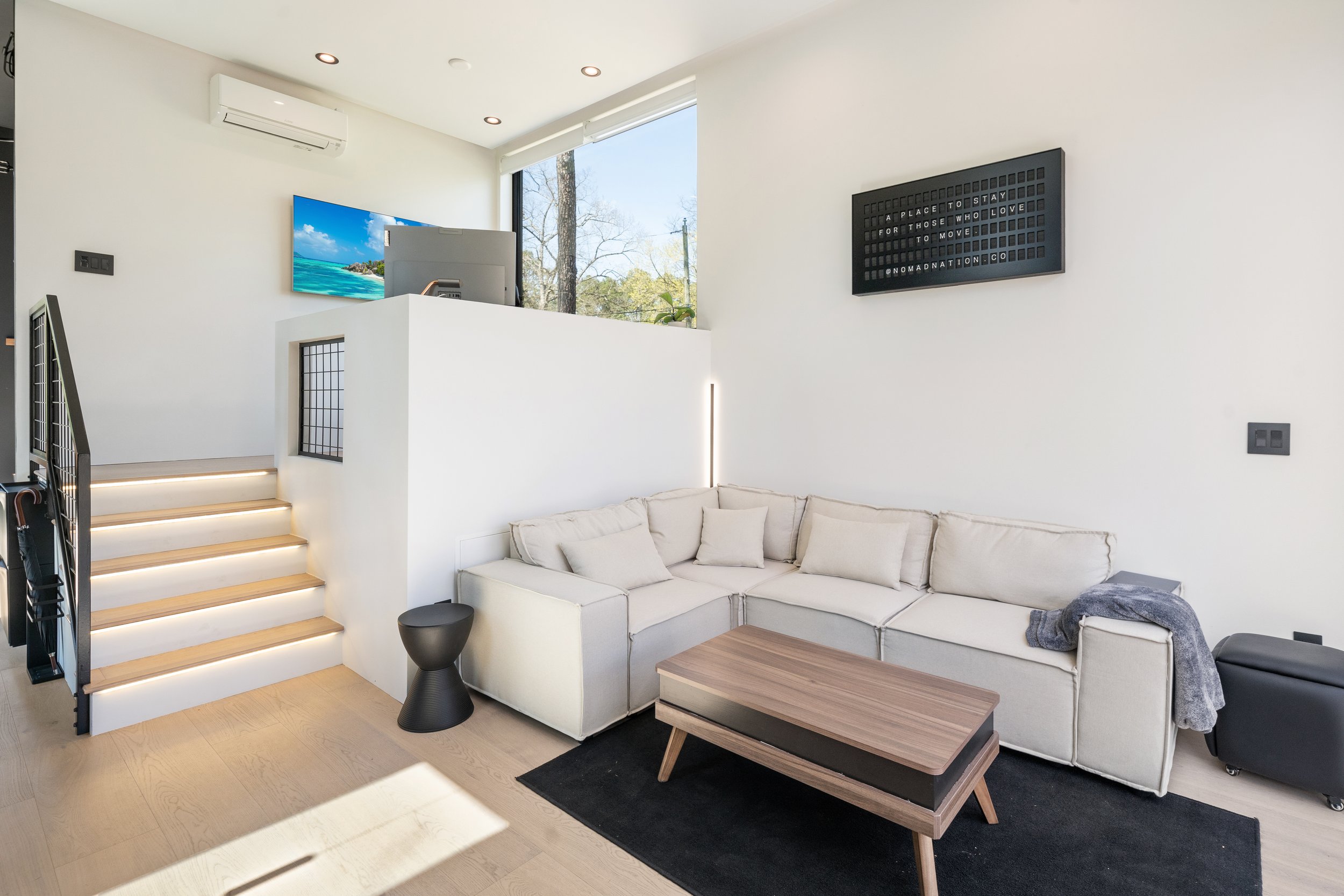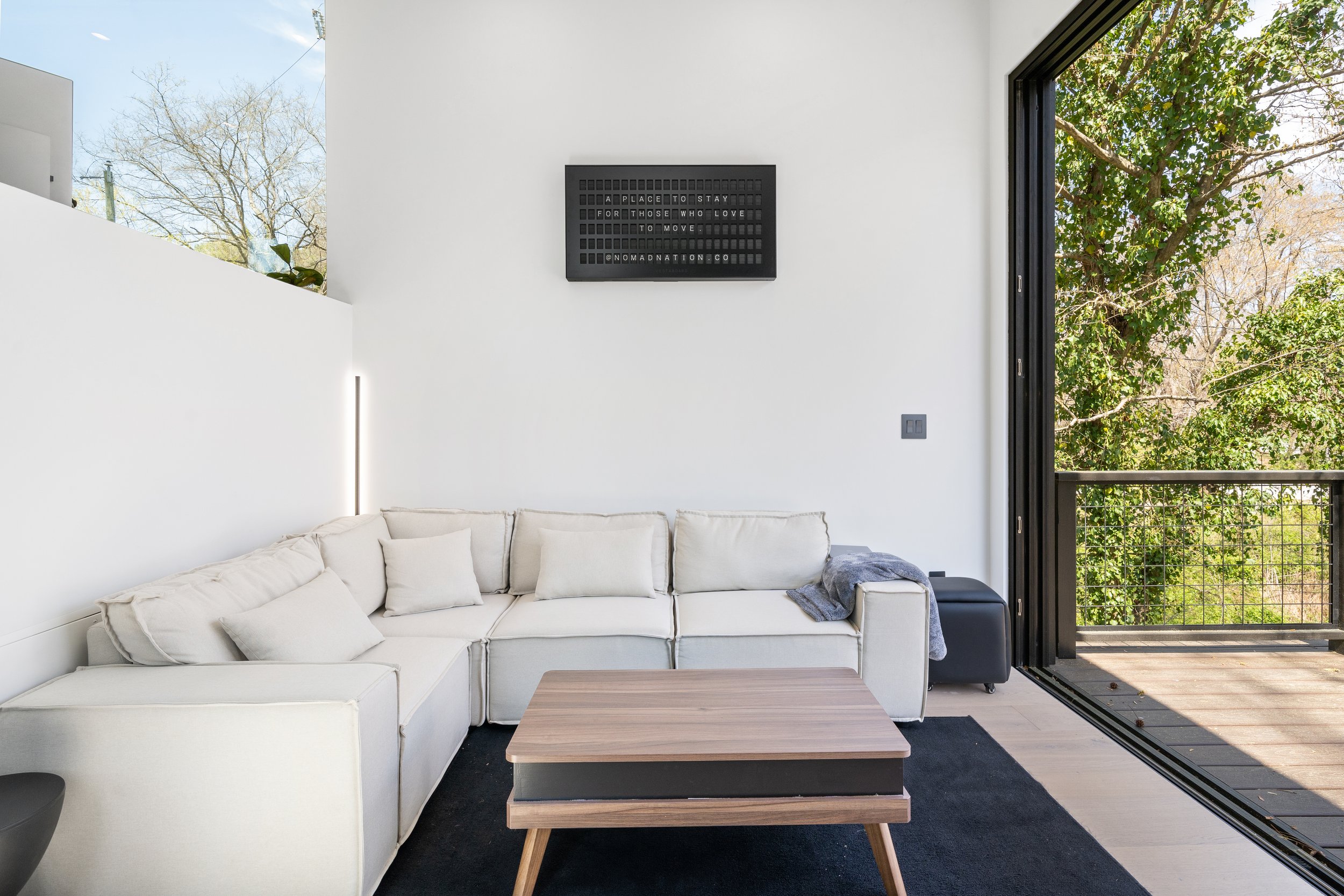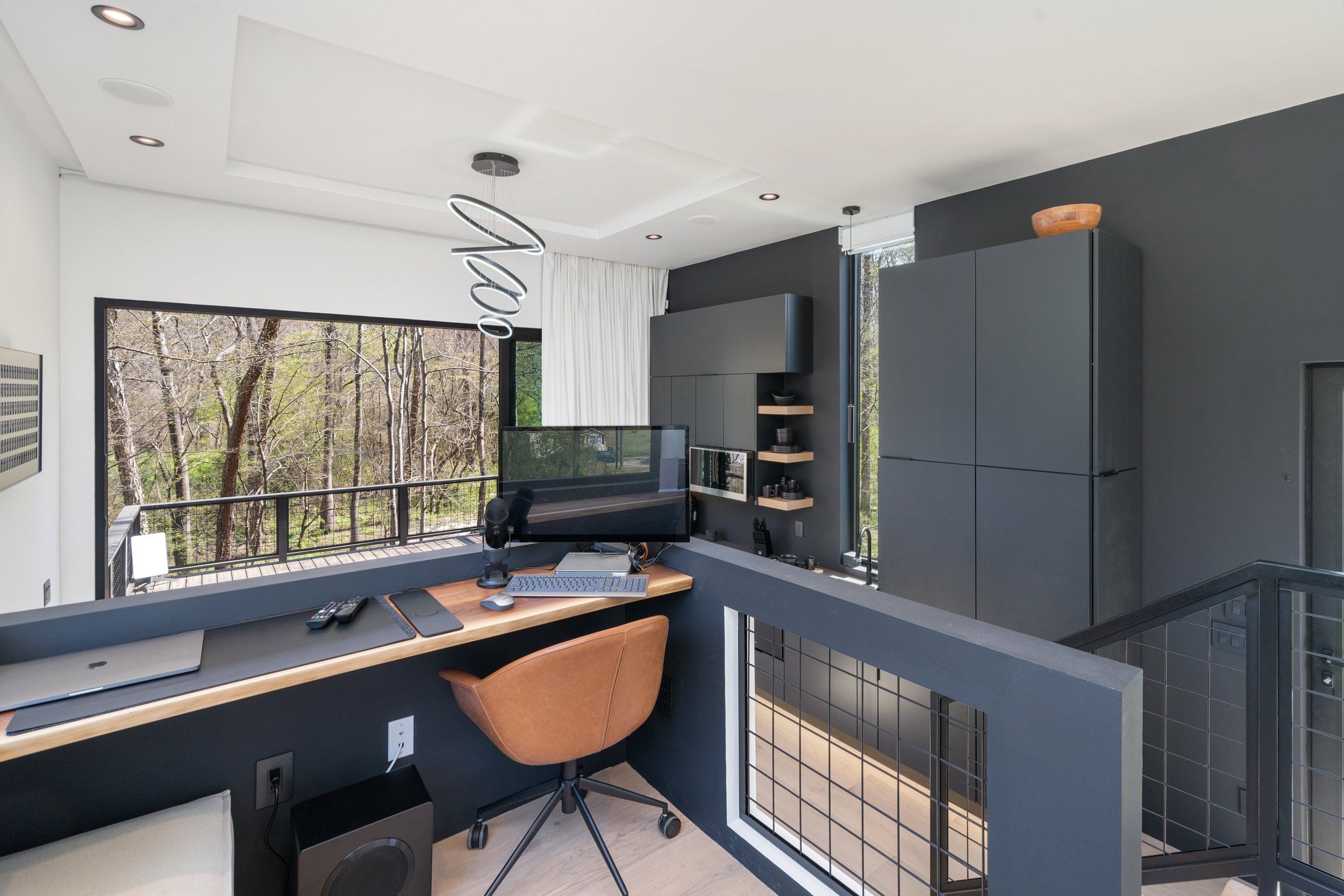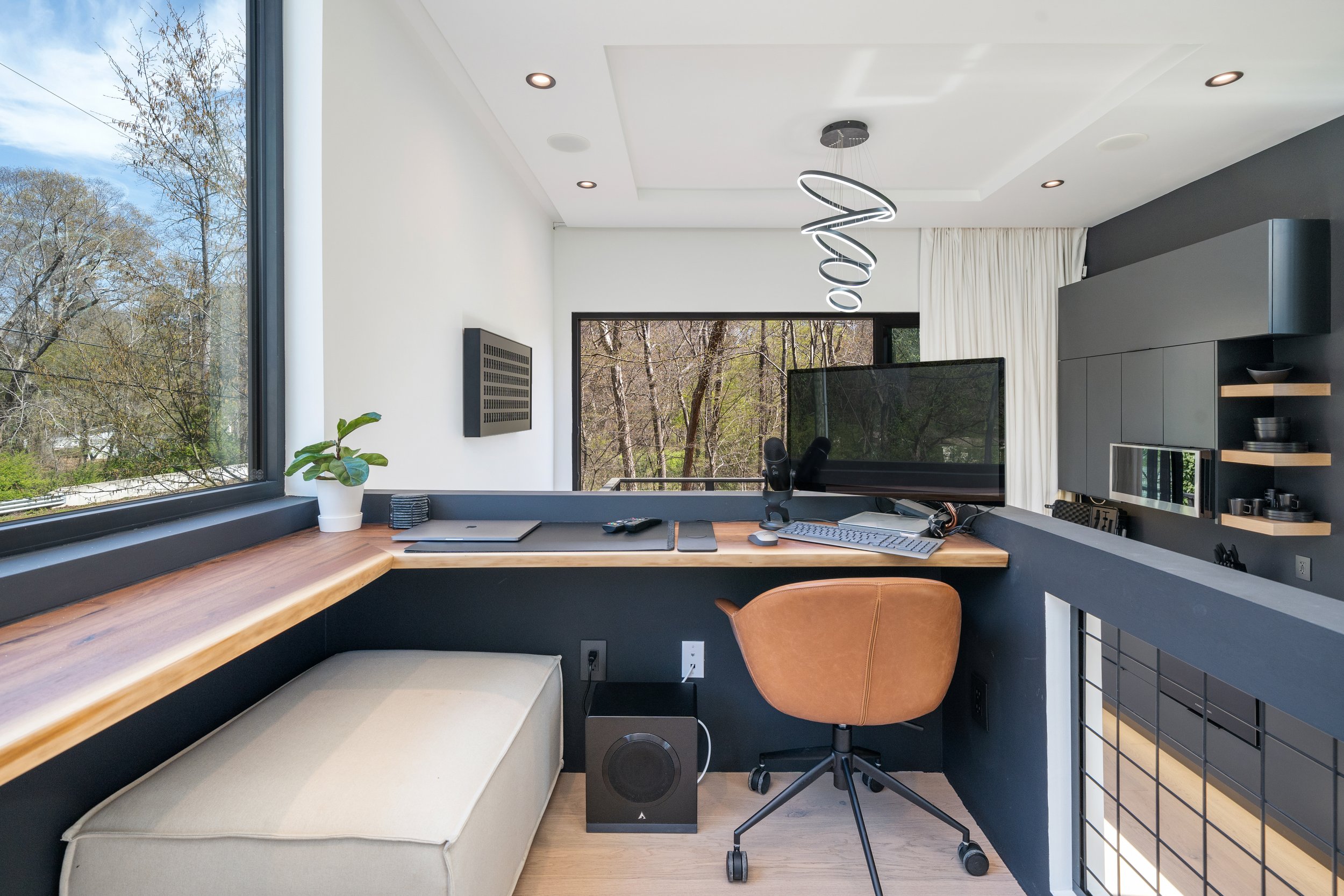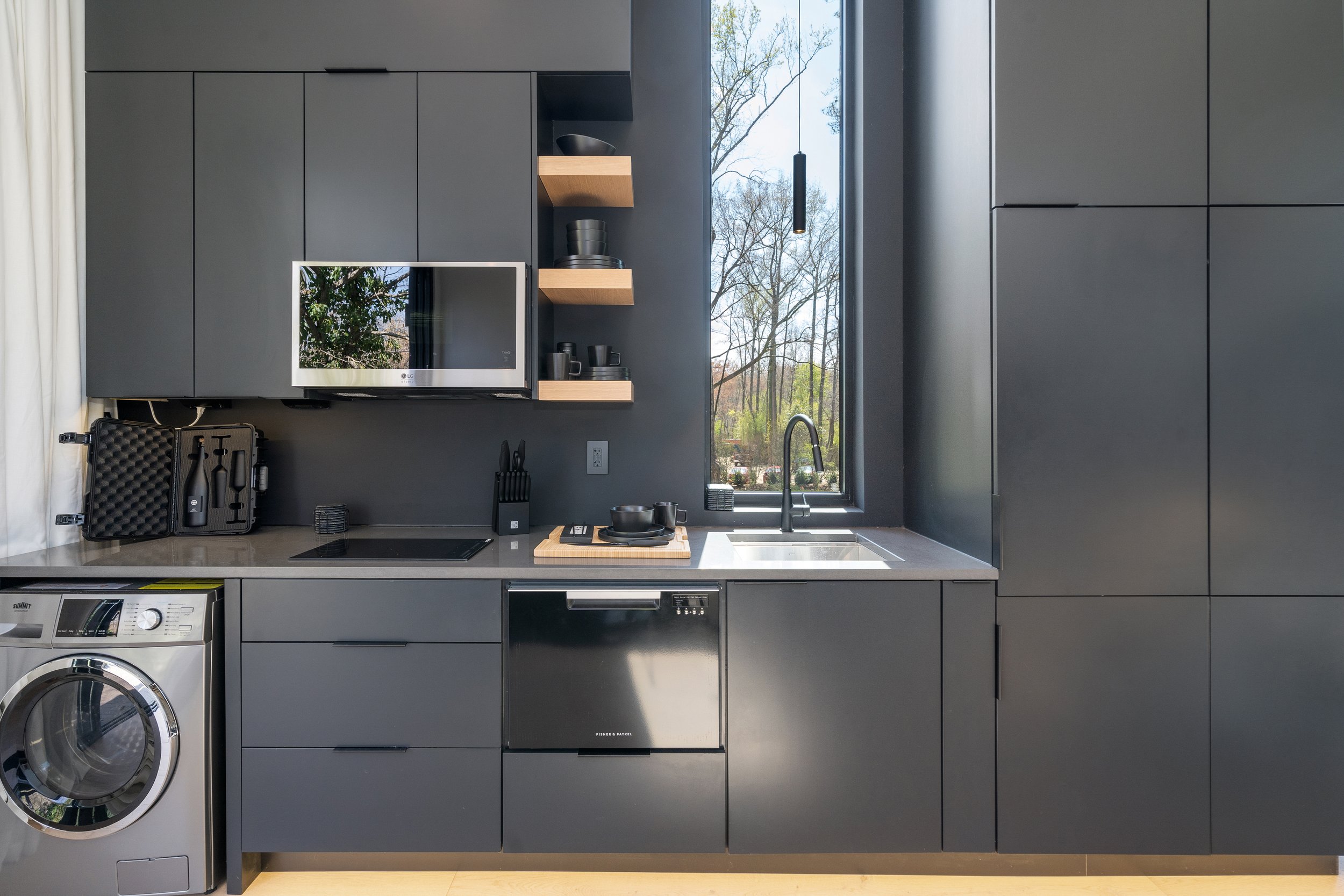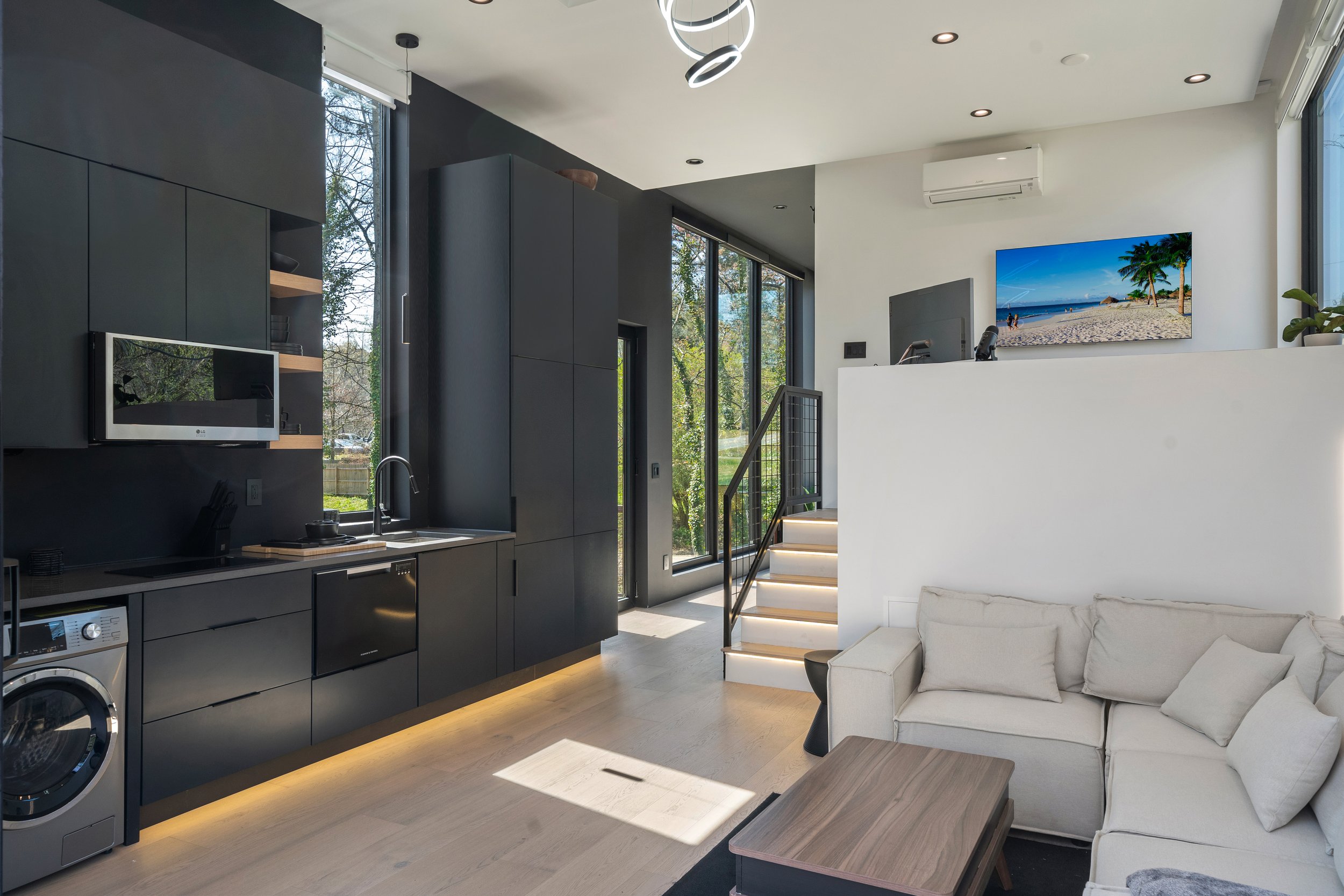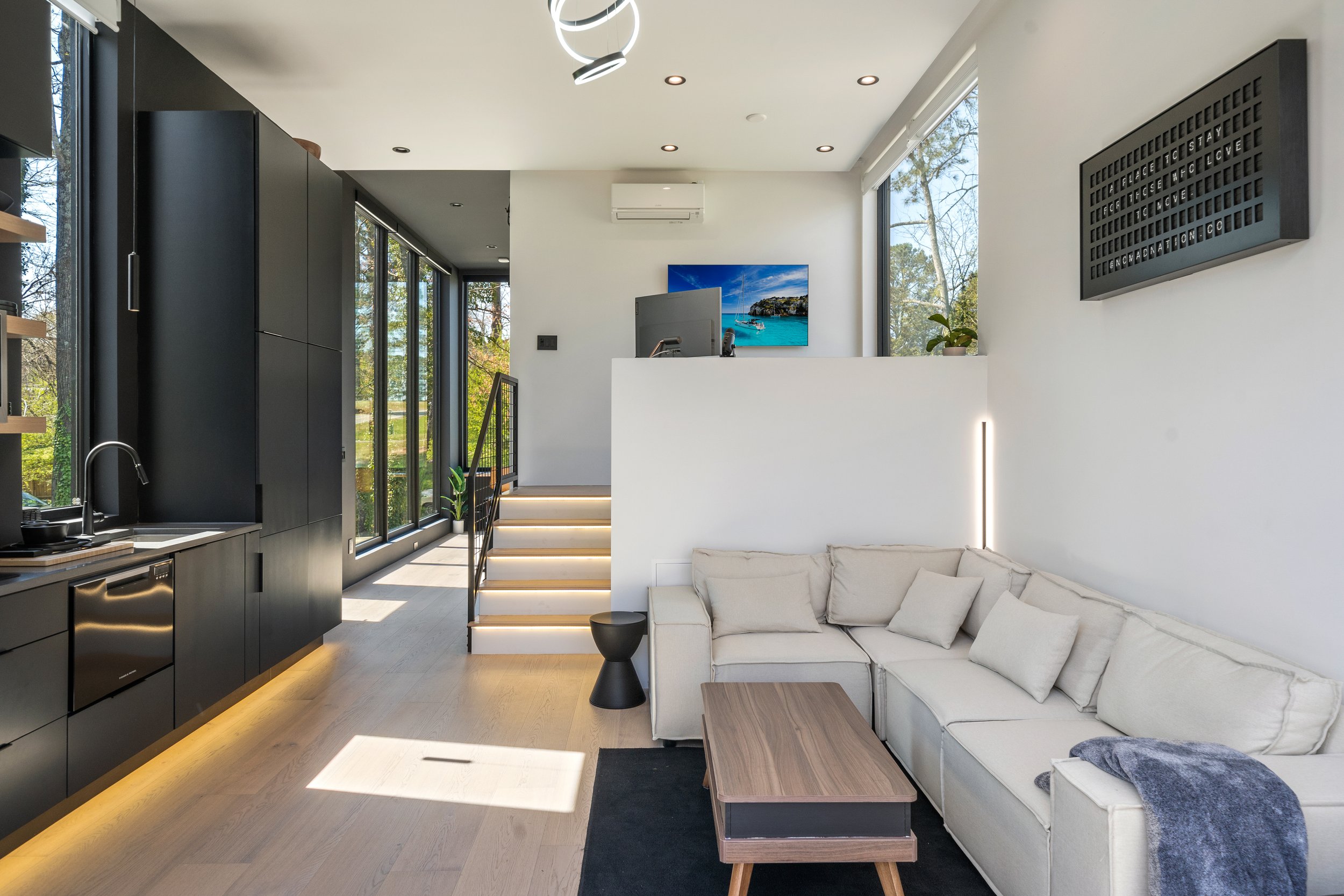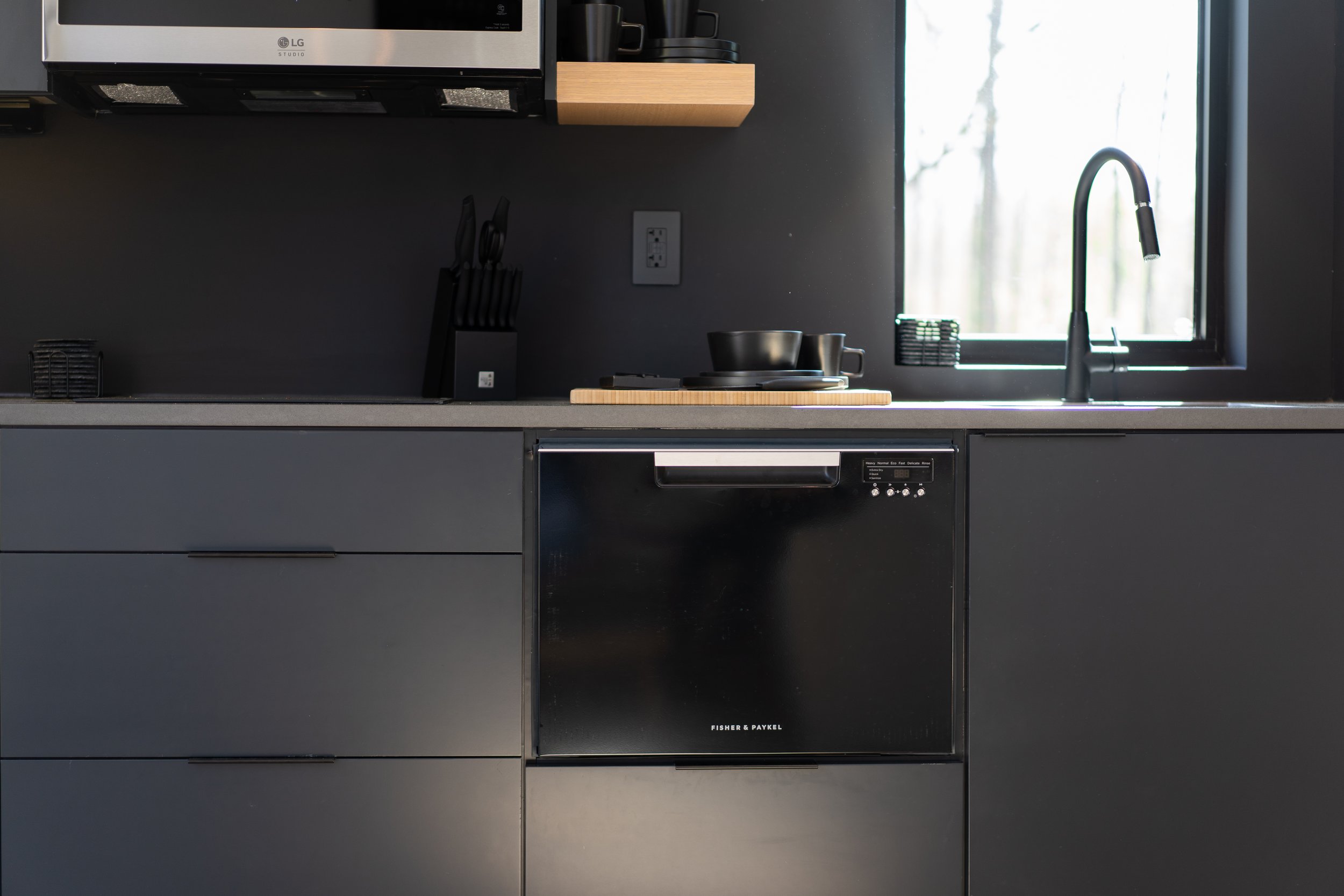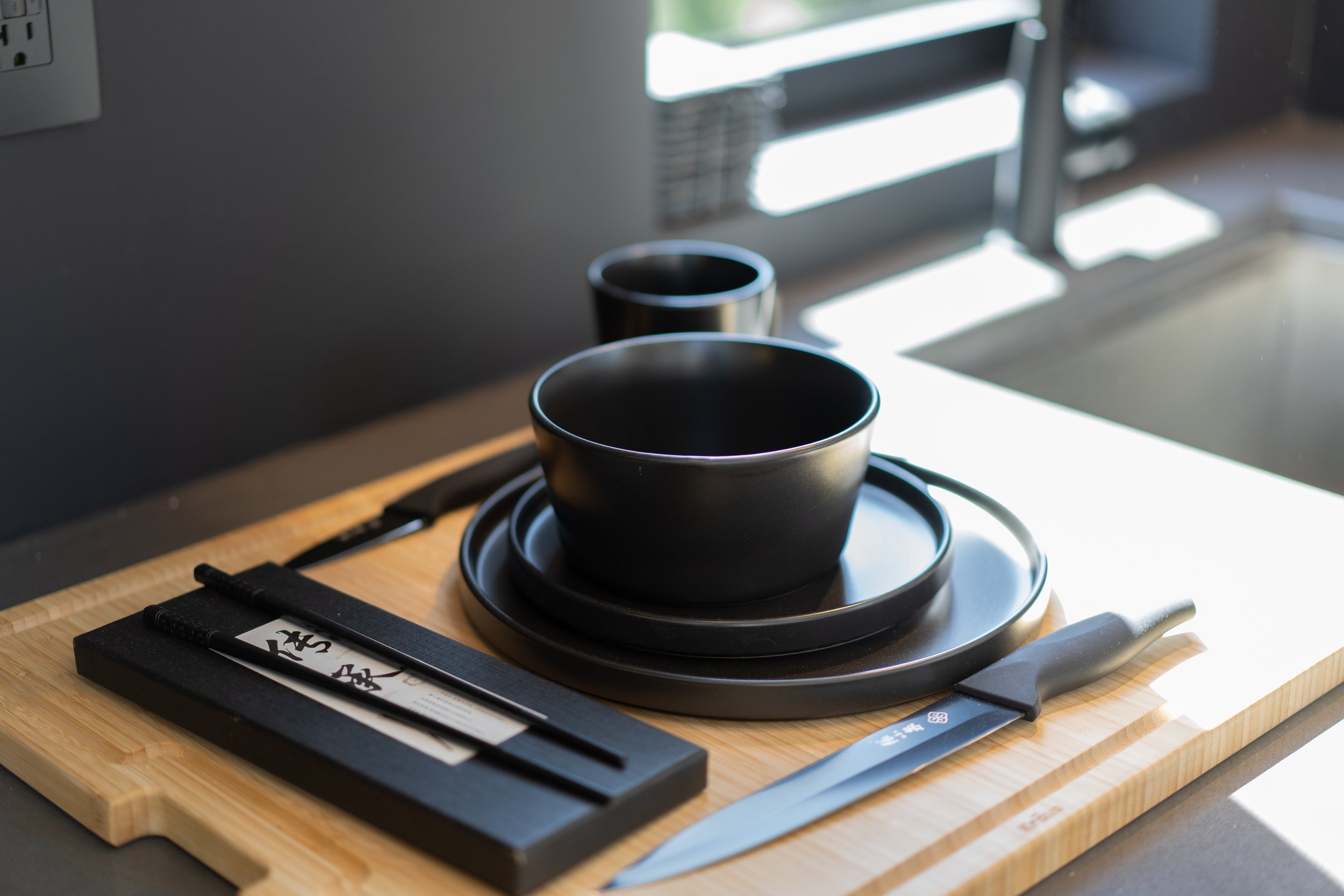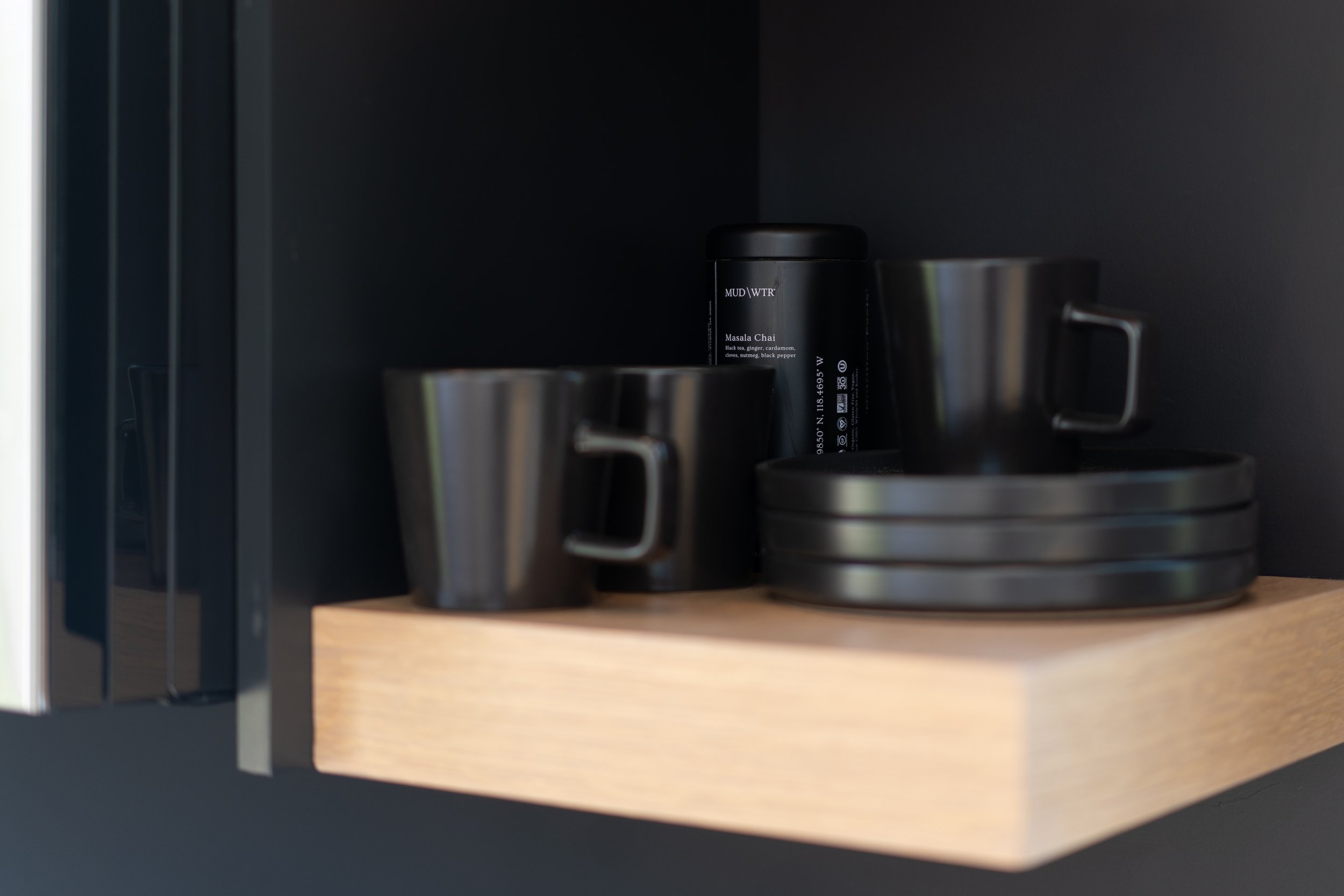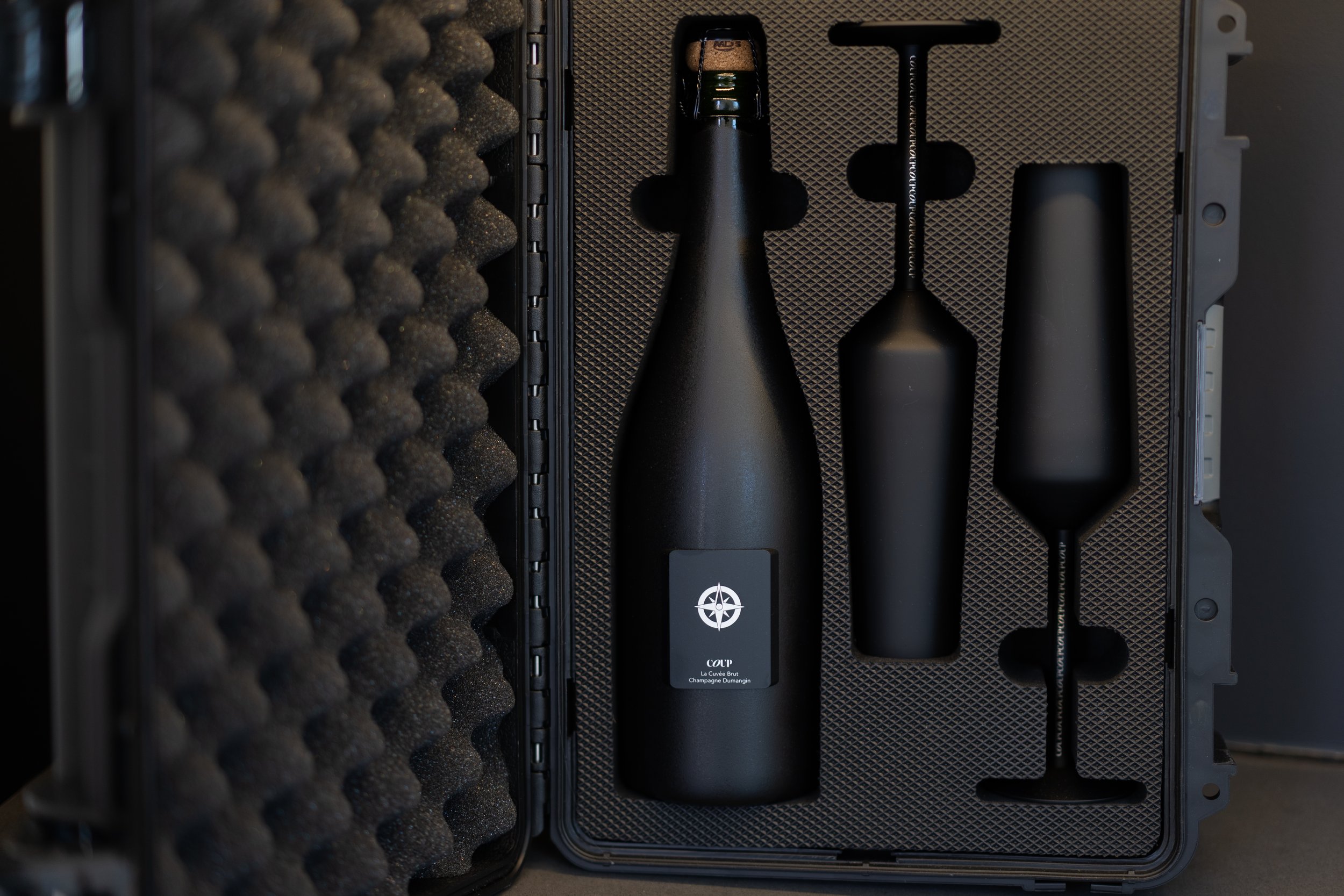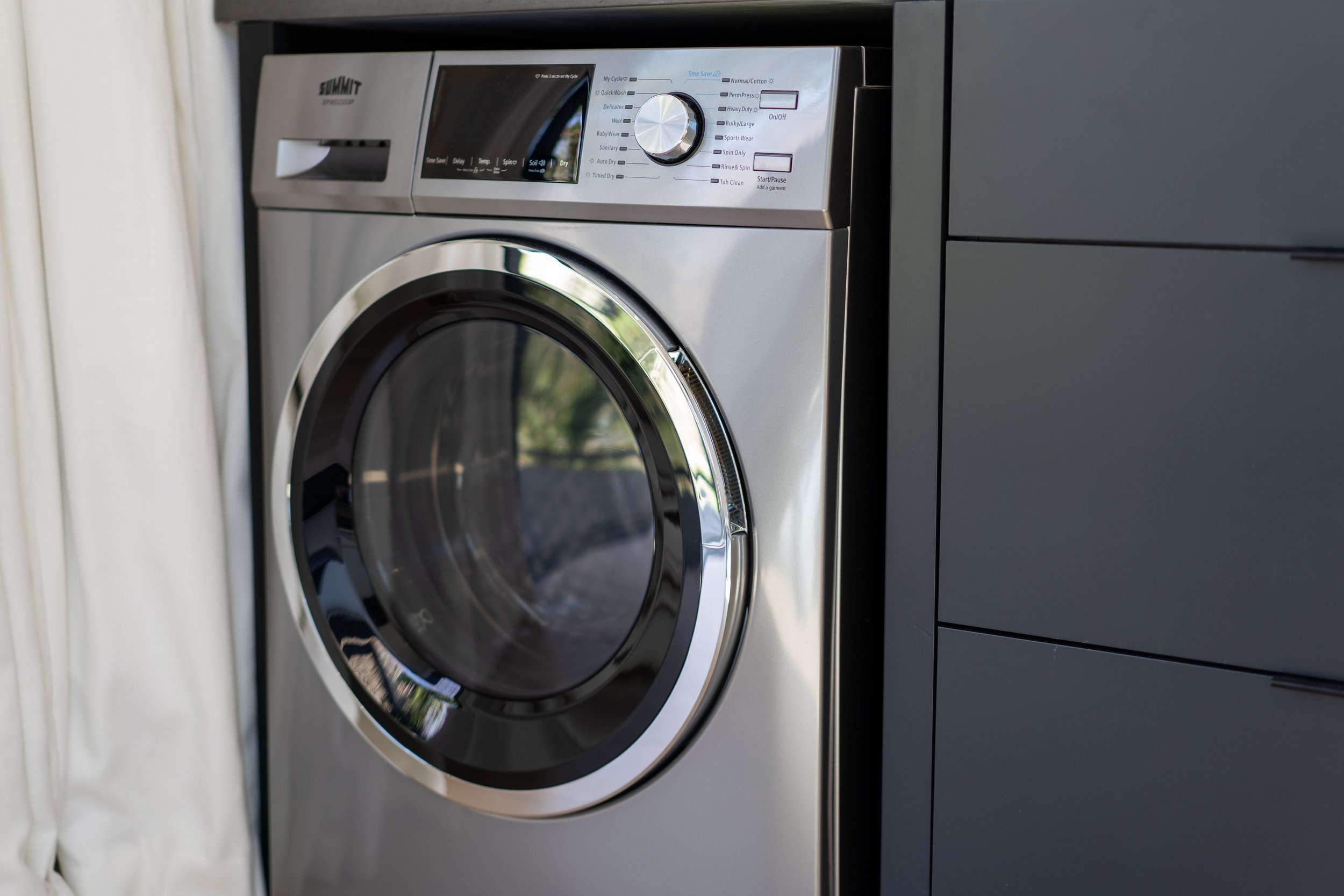Lets Build
OWN YOUR OWN NODE
A HOME YOU CAN AFFORD + ACTUALLY WANT TO OWN
In order to deliver on our Mission of making decentralized living possible — allowing humanity to live ANYWHERE — we aim to DEVELOP 10,000+ nodes worldwide by the end of the decade, connected via our platform and community.
now YOU CAN be part of it
JOIN the movement
We are officially licensing the complete design of the NODE+
Including Architectural & Engineered plans, Interior design specs, Furniture and hosting materials list, pre-construction and post-operational know-how, and Much more.
The Prototype — NODE+
Own one of your own NODES, with opt-in rights to our Network.
Whether for personal use or to renT out, Our units are Designed specifically for the remote work lifestyle by those who live and breathE it.
• PERSONAL RESIDENCE •
ADU
• ECO RETREAT
• INVESTMENT PROPERTY
• PERSONAL RESIDENCE • ADU • ECO RETREAT • INVESTMENT PROPERTY
THE NETWORK
node / nōd / noun
TECHNICAL
a point at which lines or pathways intersect or branch; a central or connecting point.
Join the movement.
Own your own node.
FAQ
-
Absolutely. The physical real estate and constructed home is your property, opting-in to the NOMAD Network is purely optional. You can also choose to opt-in (or out) as often and for as long as you’d like. The goal is to get as many partner locations on the map, and our app, as quickly as possible, so that you and other nomads can enjoy experiencing as many places as possible!
-
We have a strict policy of not giving pricing estimates, because they vary so greatly—both in terms of timing and location. Costs for both labor and materials can vary dramatically from Los Angeles, CA to Raleigh, NC, for example, let alone from Los Angeles to Chiang Mai, Thailand, or Medellin, Colombia. Specific materials can vary dramatically in pricing from year to year as well, even in the same location.
Some of you might choose to be your own General Contractor, or even your own builder, while some of you may just want to handle painting (or nothing at all). Sub-contractor pricing varies greatly, even within the same vicinity. We provide detailed plans so that you can get accurate estimates from your providers depending upon your situation.
-
Depending on your municipality or local government, you will likely need a local engineer seal on top of our engineered plans. This is standard practice for the industry, and is true of most, if not nearly all digital plan-sets for sale online. Not only that, different local laws may require different types of code, sometimes unique only to those locations. We have designed our plans to be, generally speaking, considered well above most governmental standards when it comes to items like insulation thickness, window quality, overall efficiency, and more, but we recommend speaking to a licensed engineer in your location to make sure you are compliant.
We do have access to North Carolina certified structural engineers that will seal these plan sets in the state of North Carolina for a small fee, and hope to add other state contacts as well soon.
-
No, but it certainly mimics the aesthetic! In fact, shipping container construction is a very expensive way to build. Most container-builds still require that you frame the walls, so the perceived main benefit of utilizing the container for cost savings only really applies to the siding. Even then, you need welders to cut out every hole, every window, weld certain elements together and others apart, etc. making for a much more expensive process.
It’s both quicker and much more cost effective to utilize standard framing and siding methods, with the appeal of a “container” look (which is what we have done).








